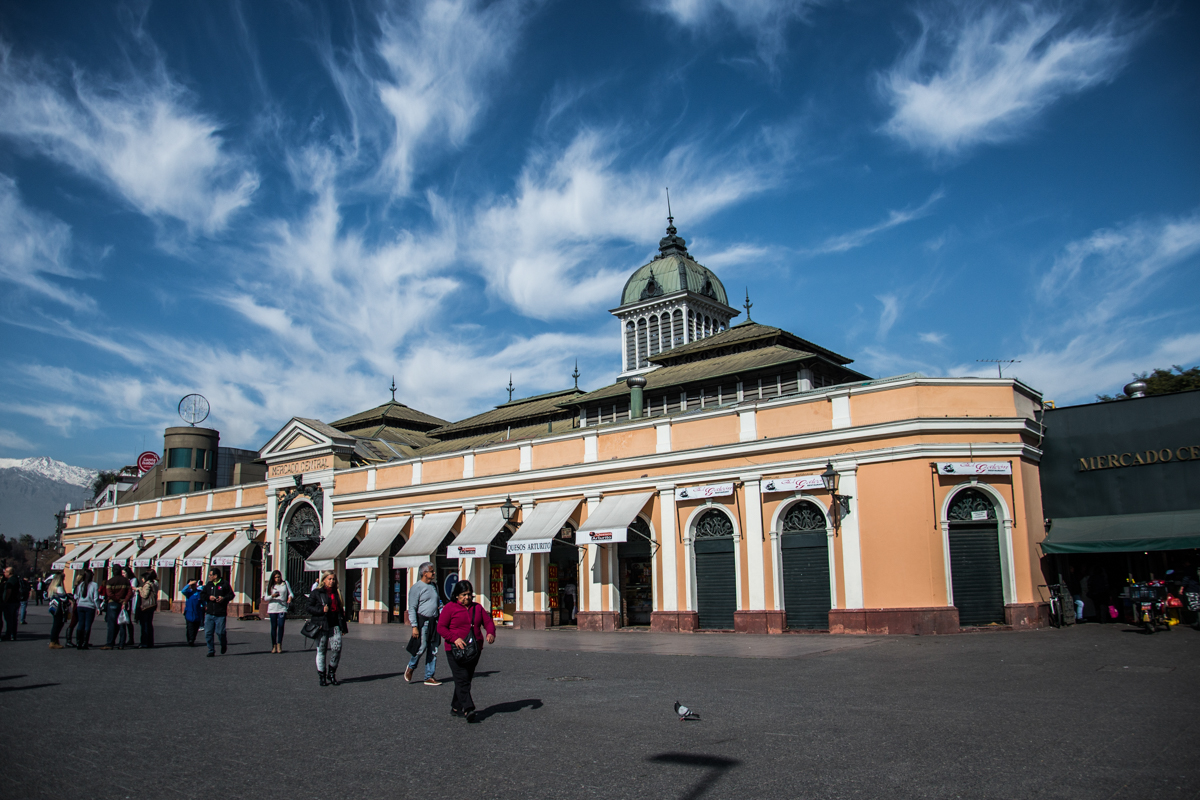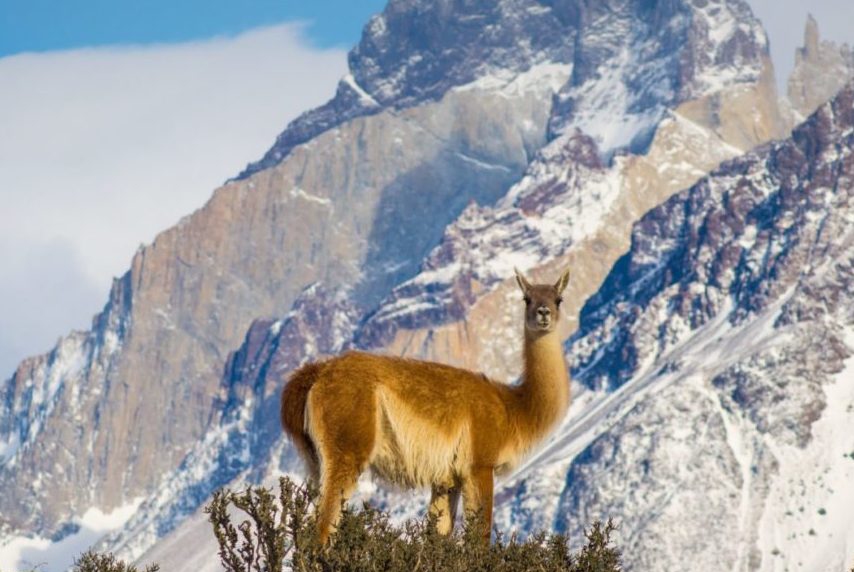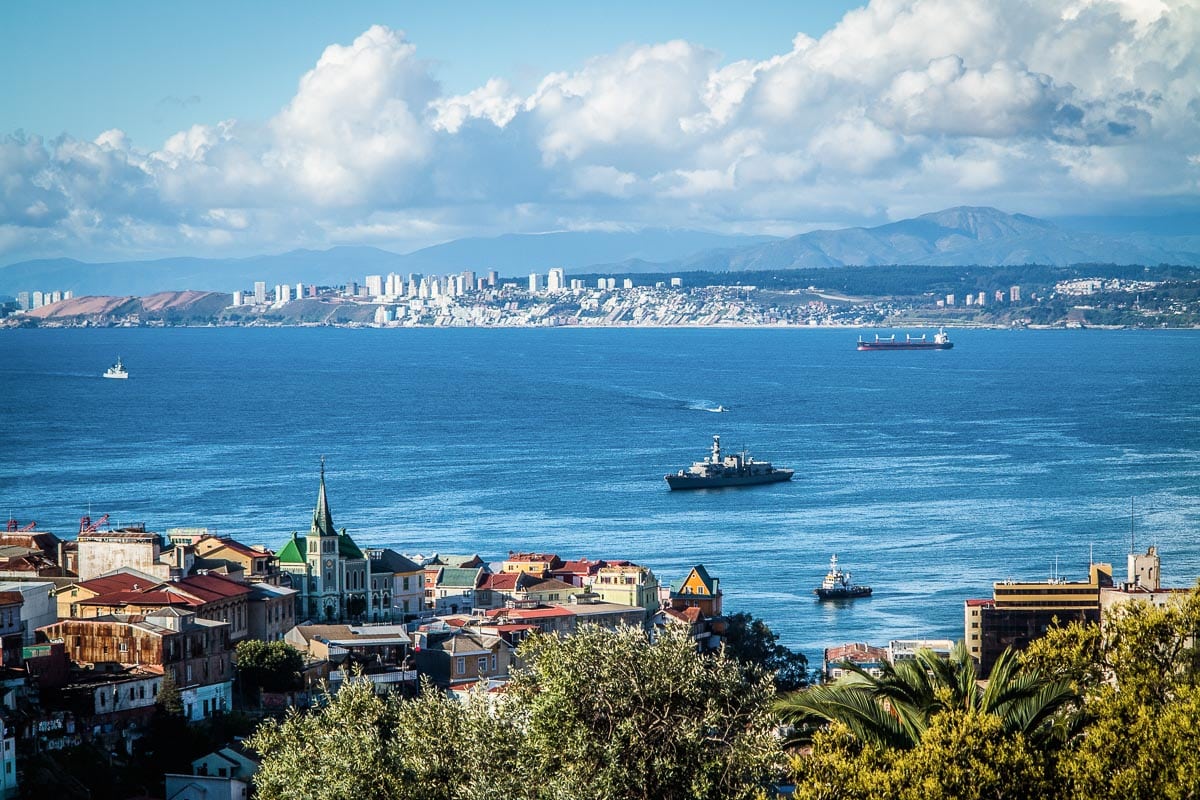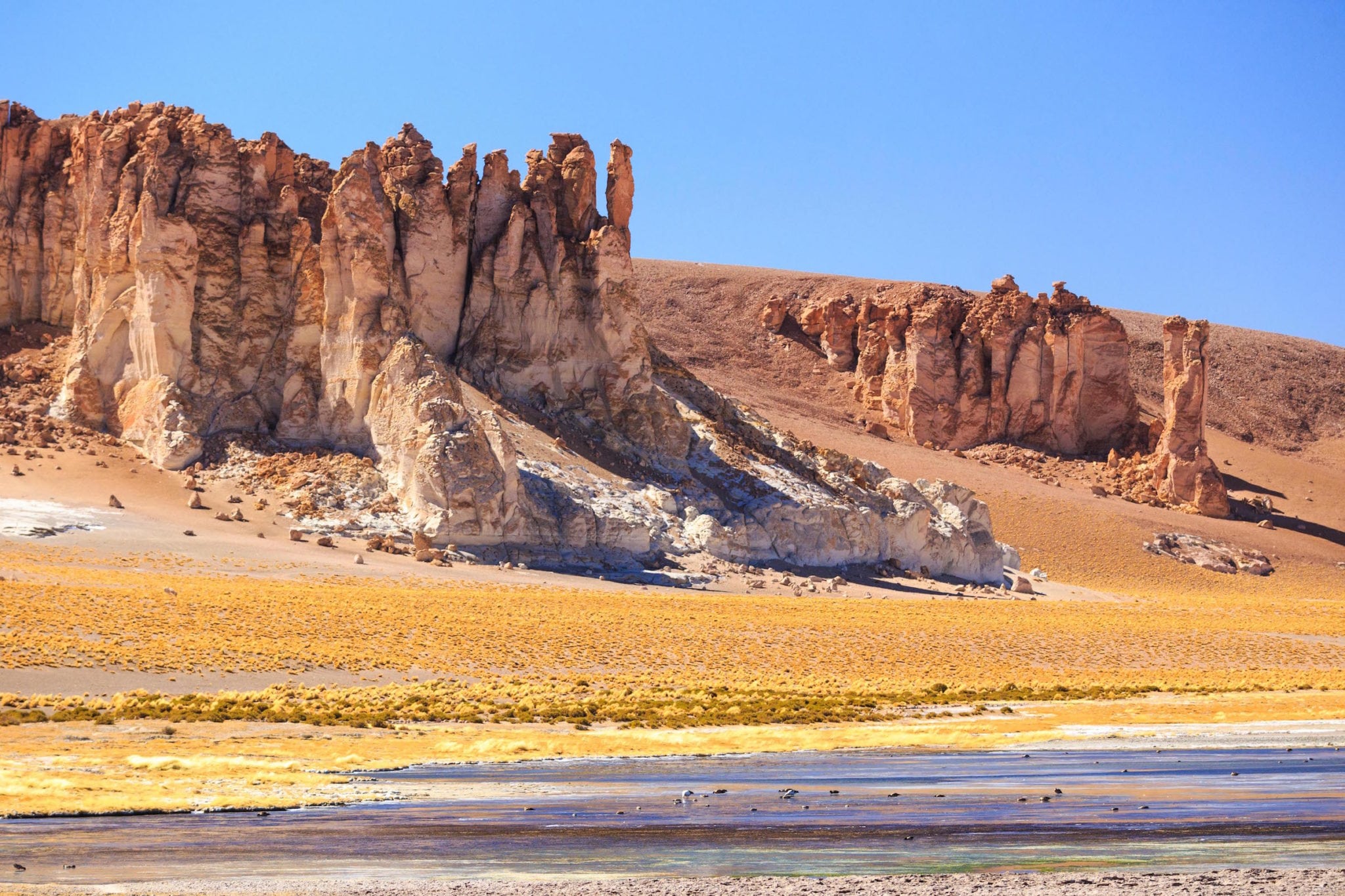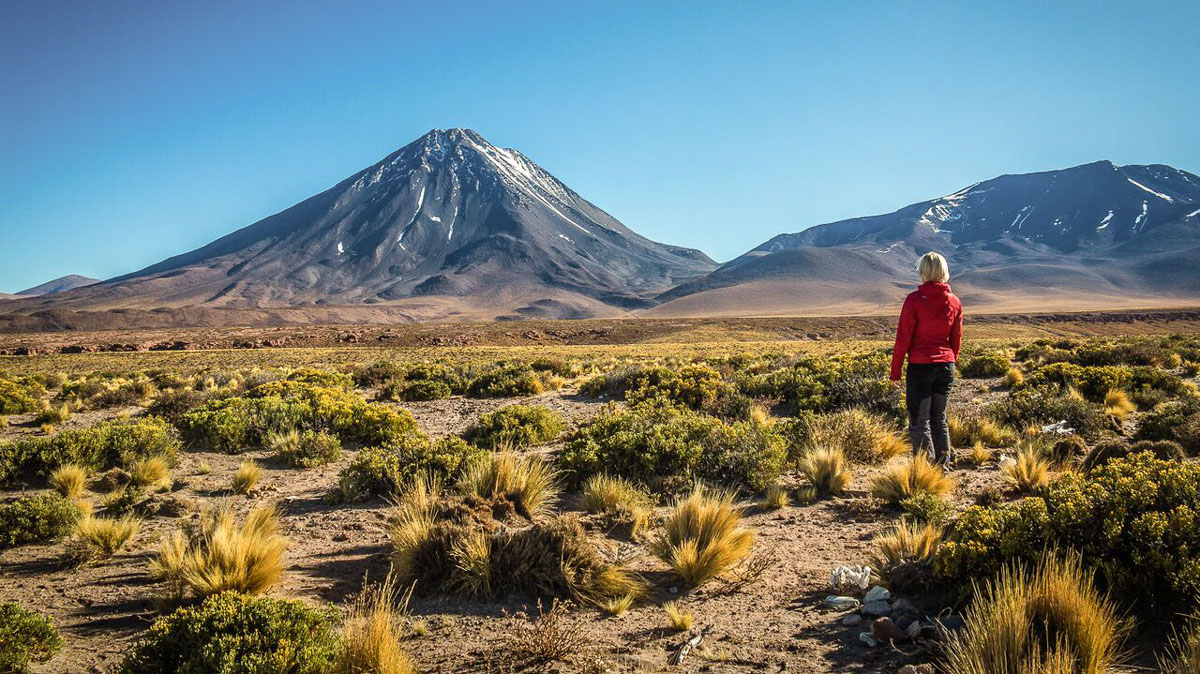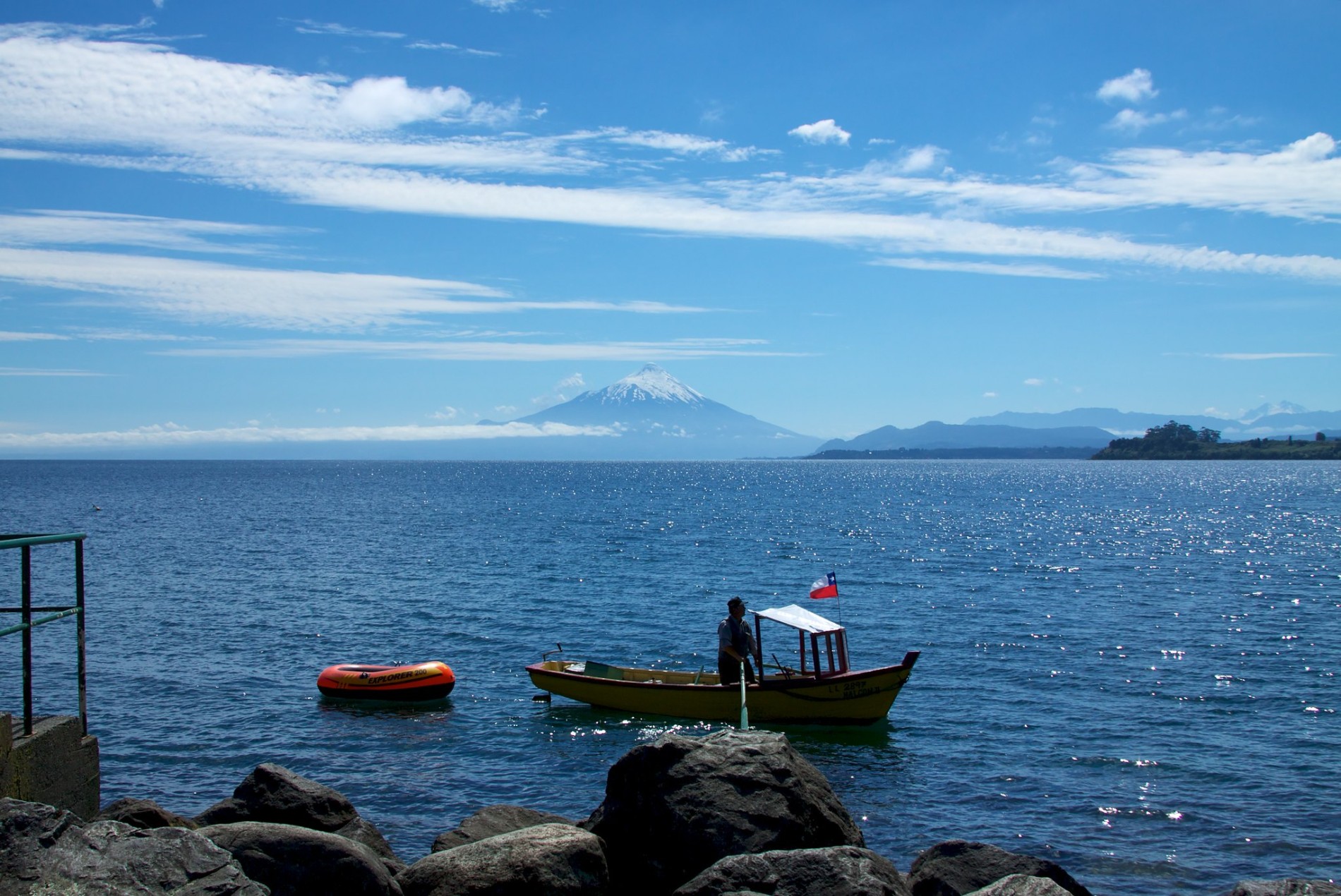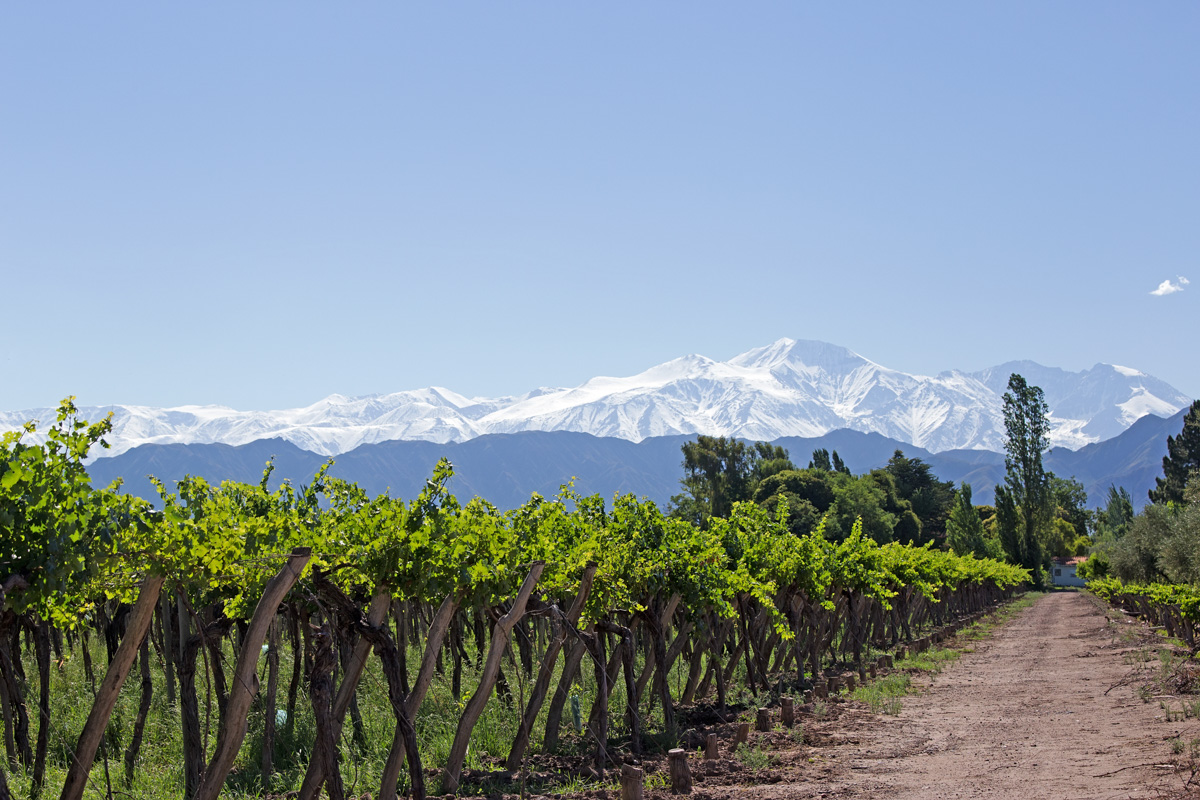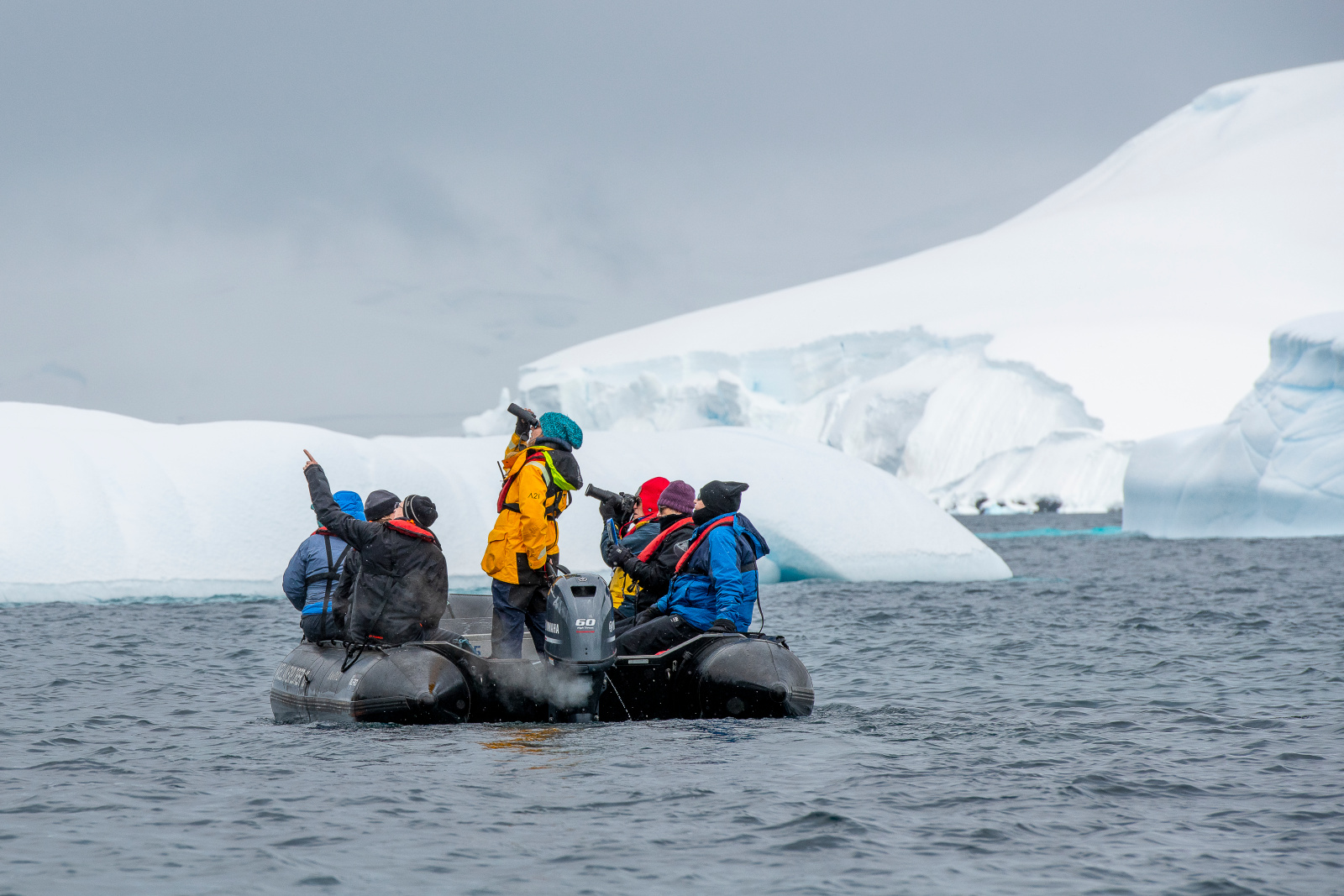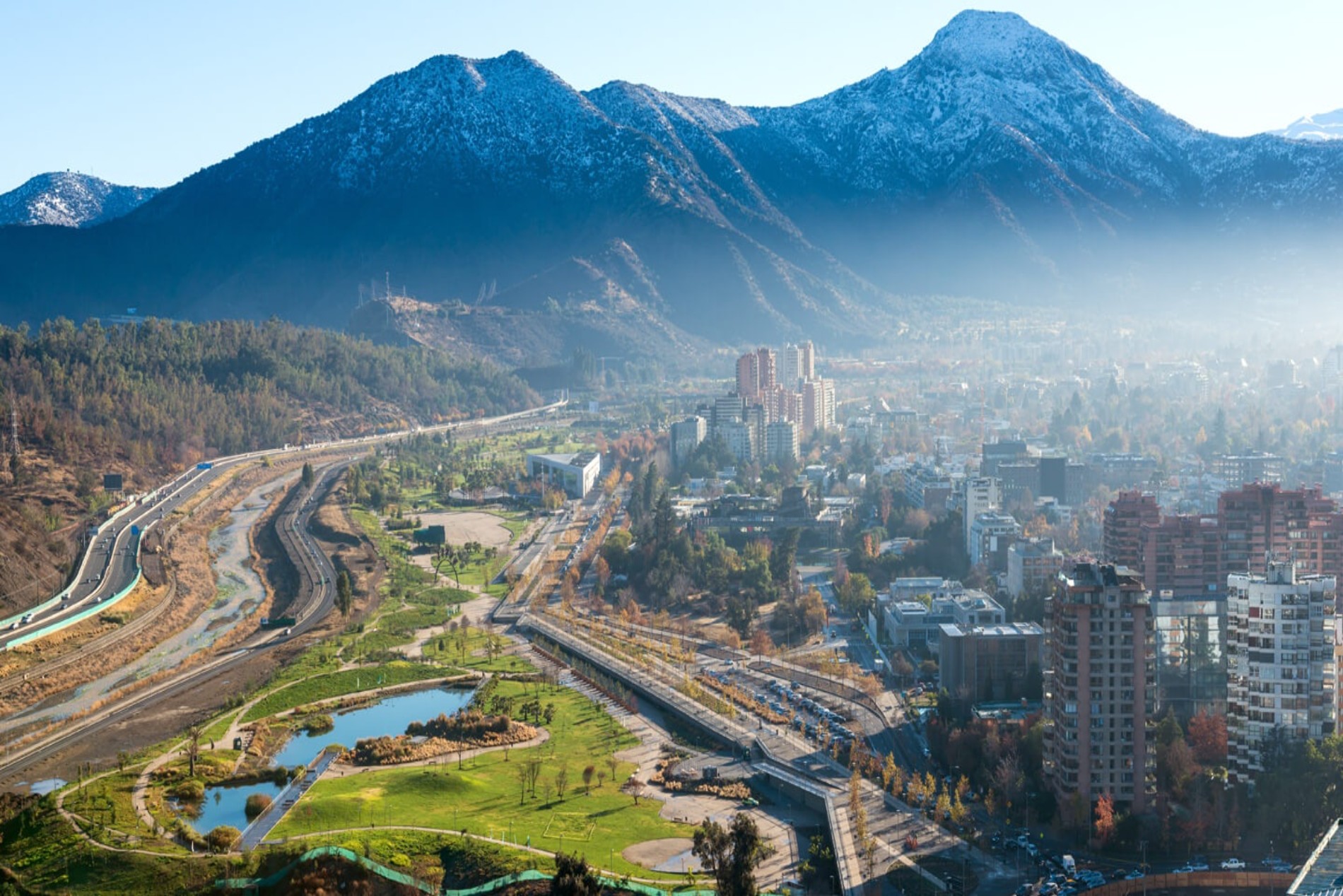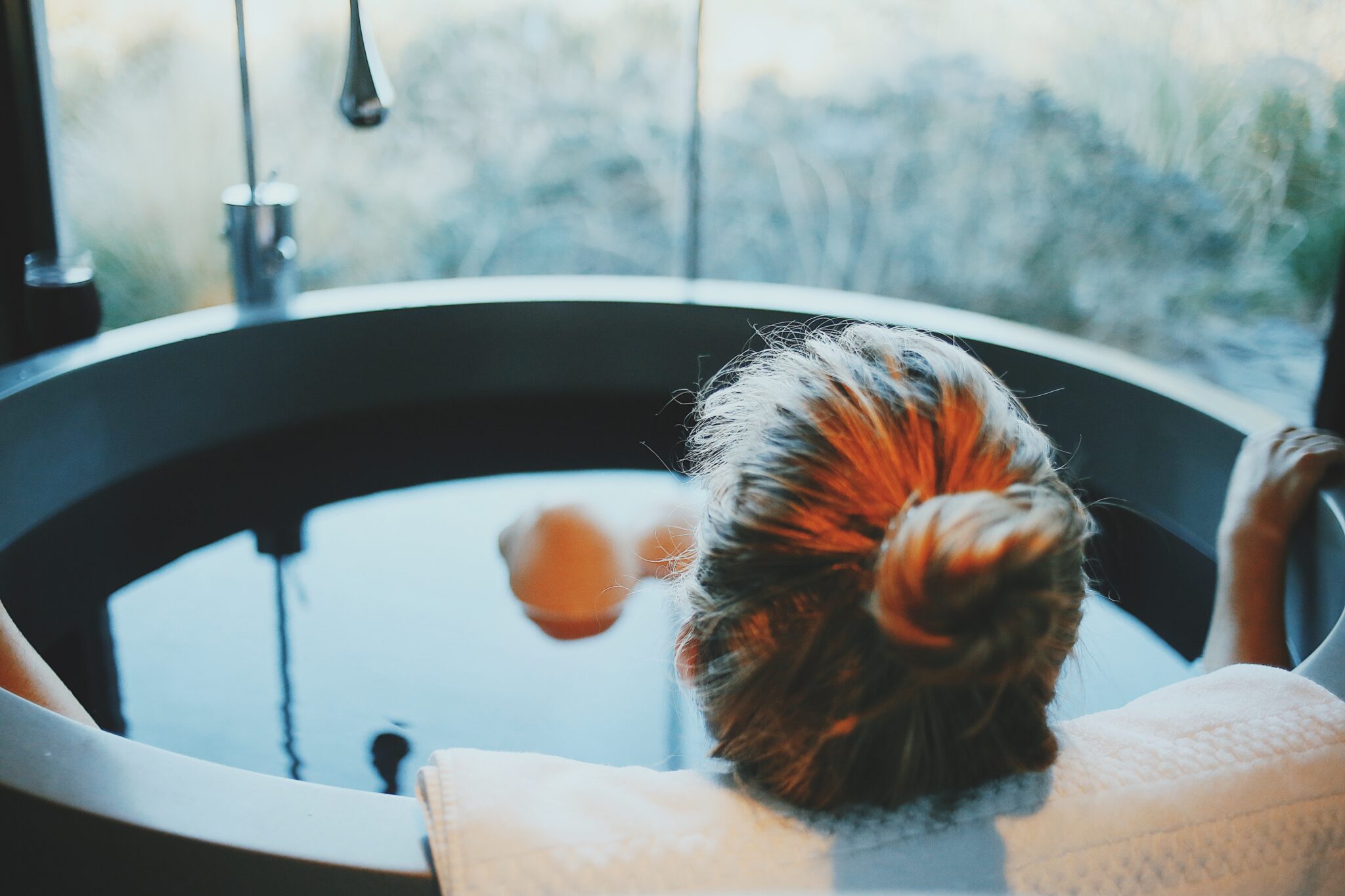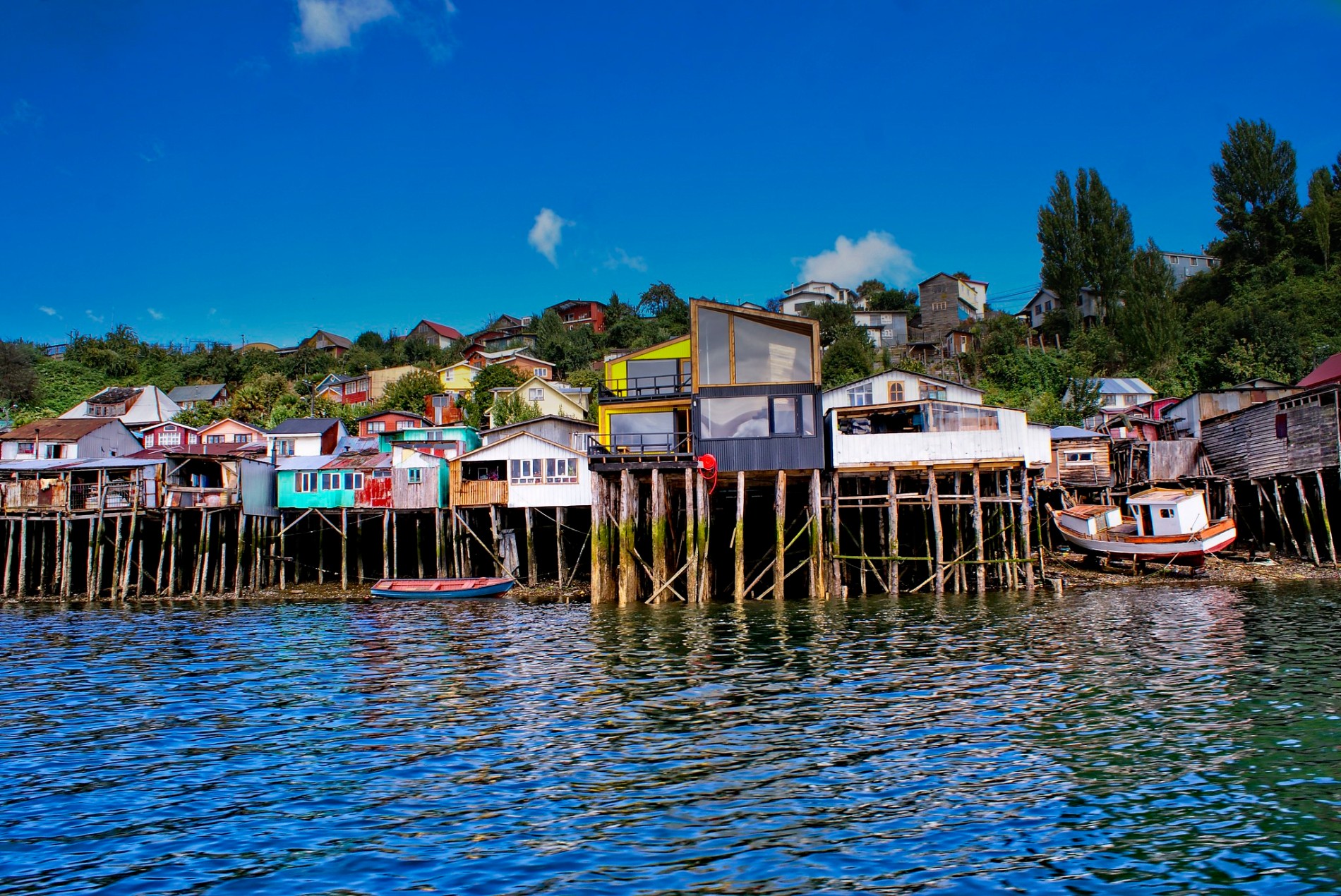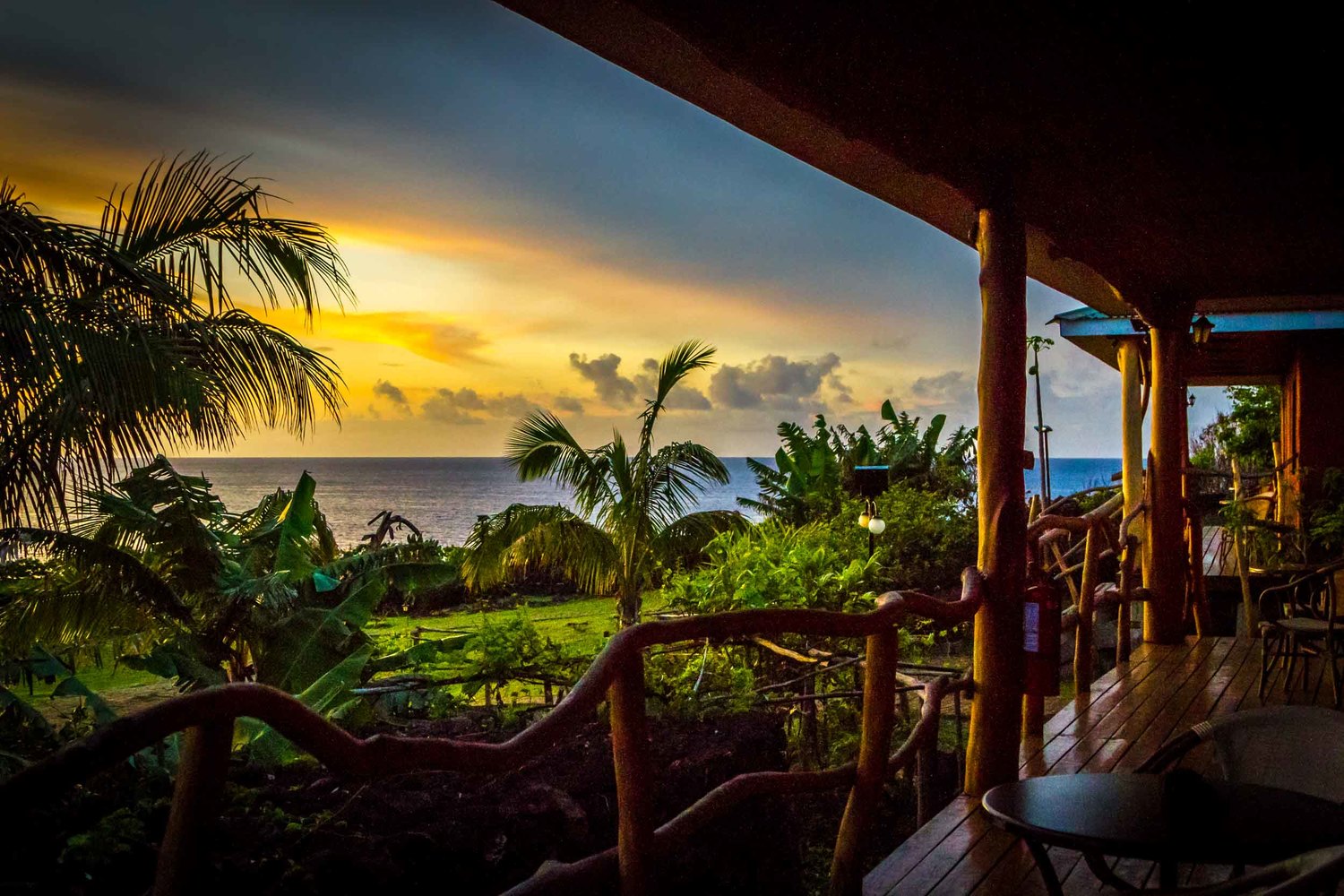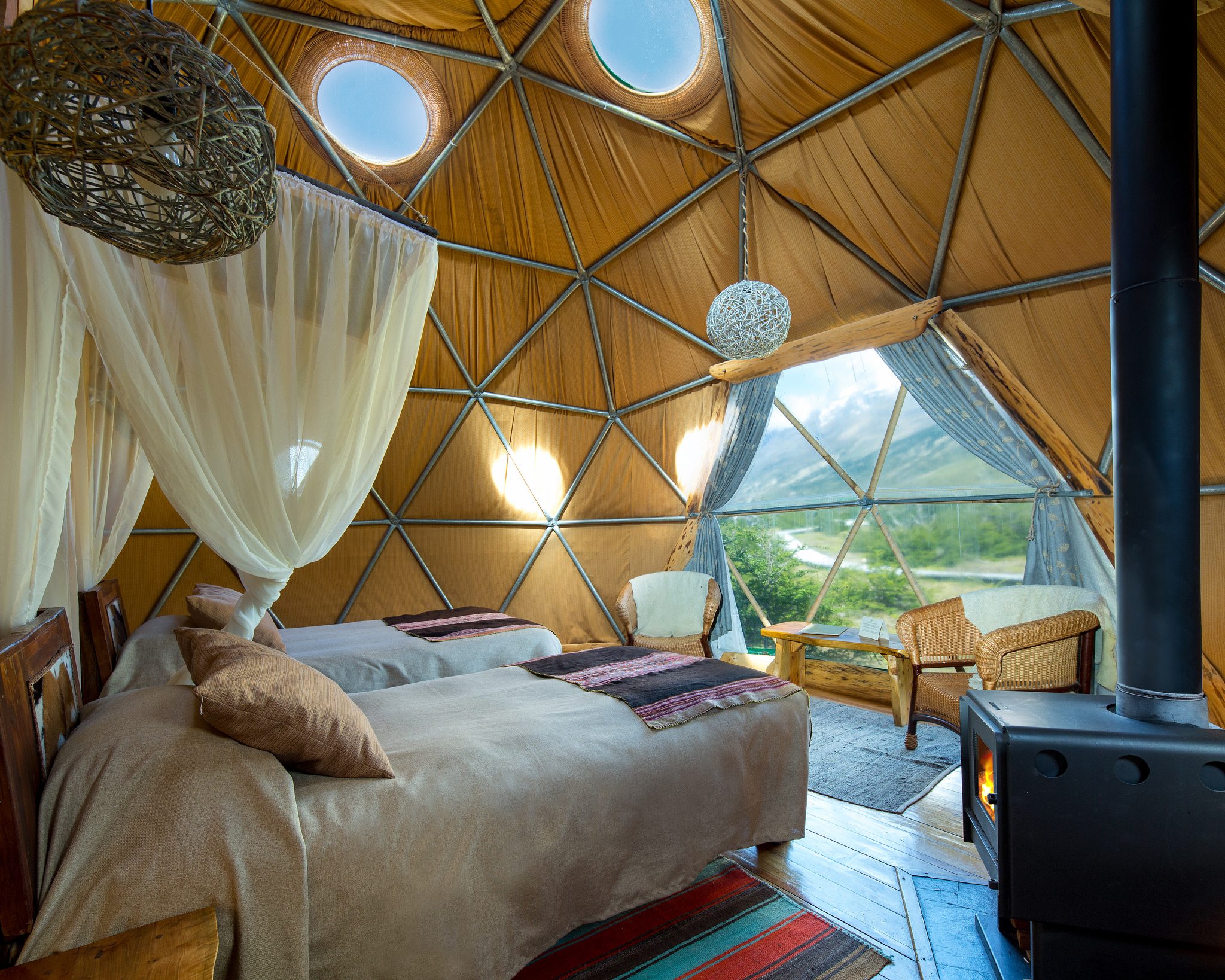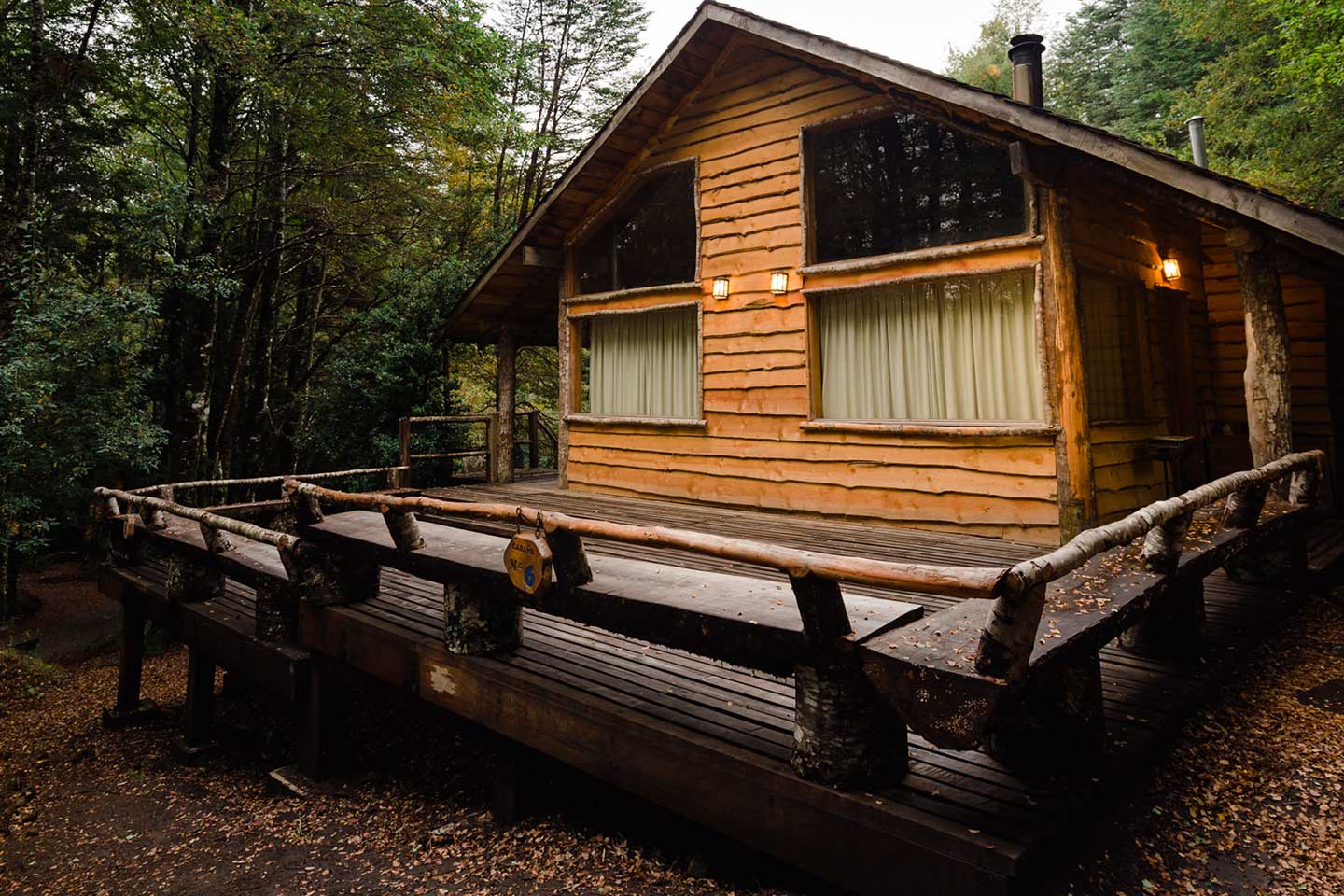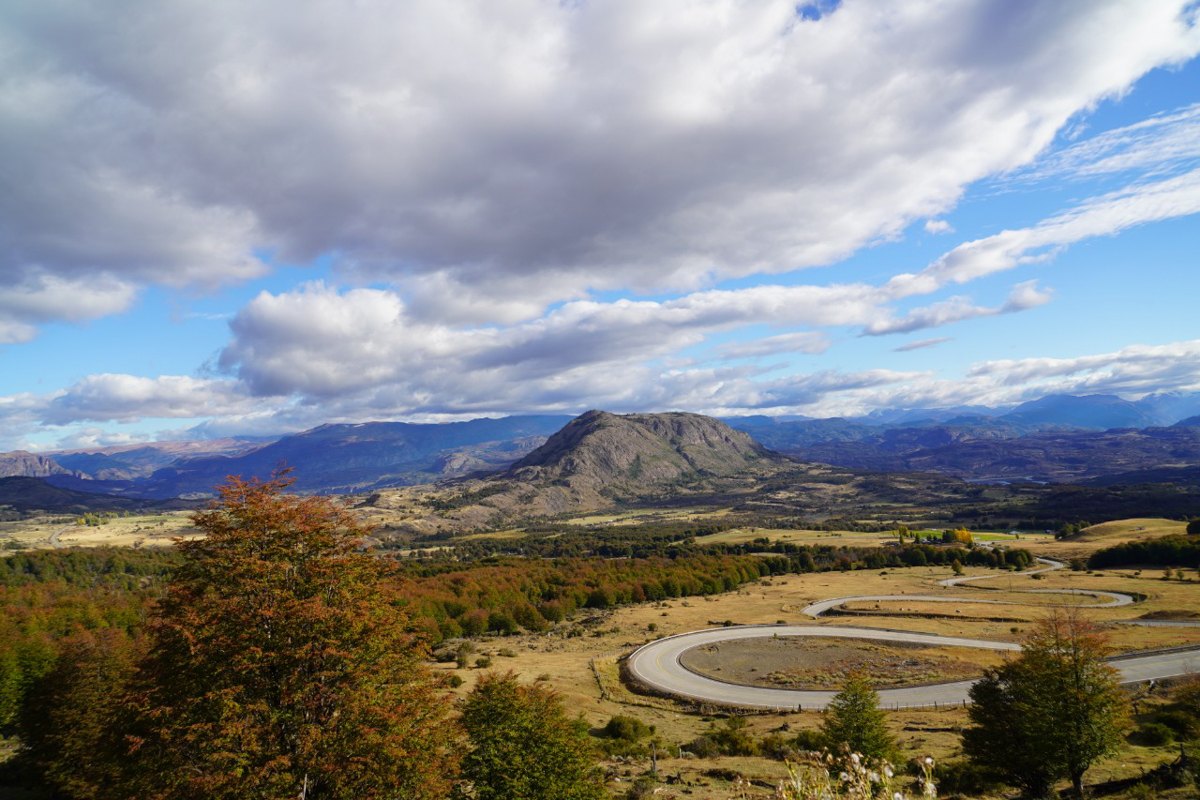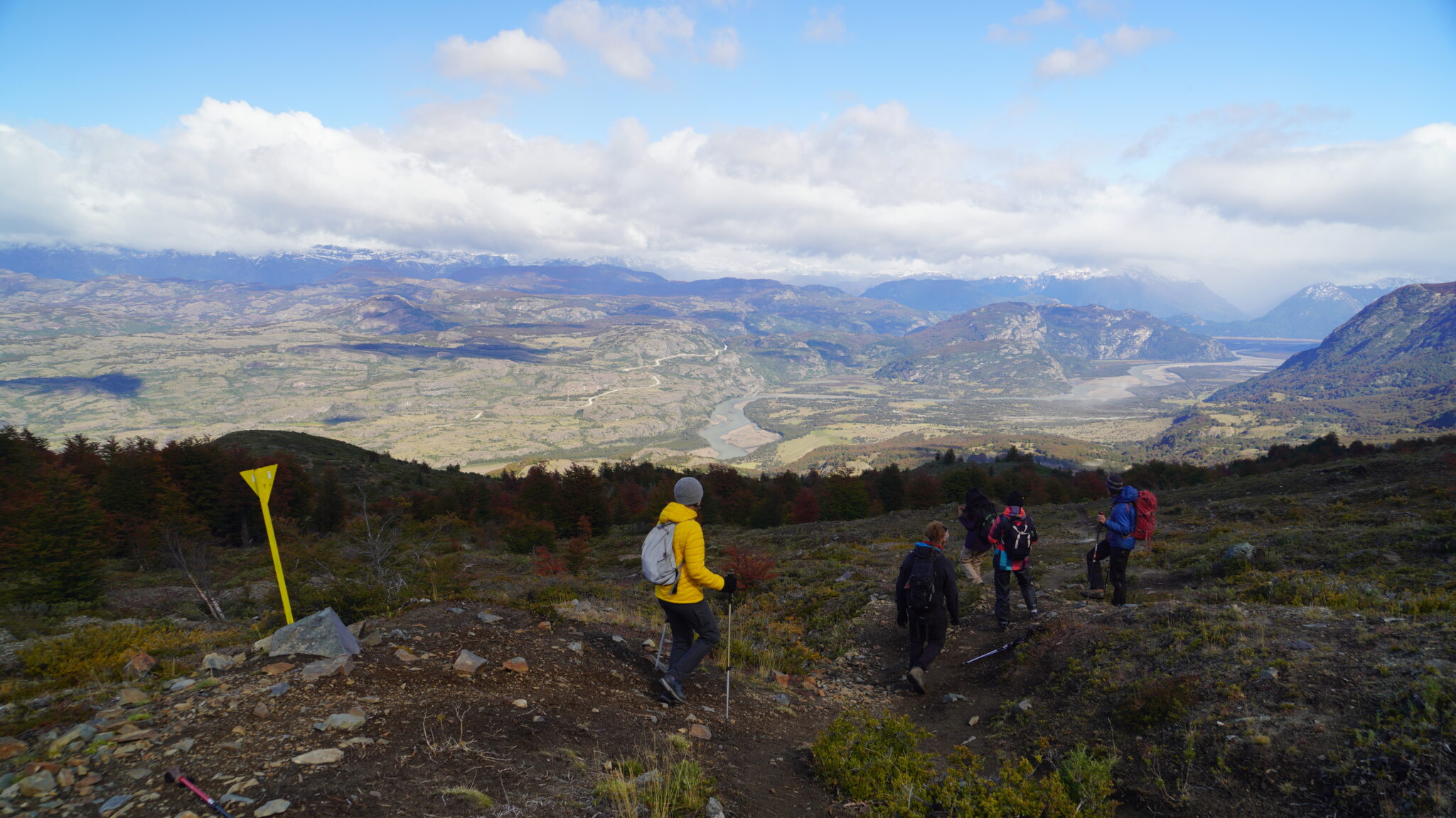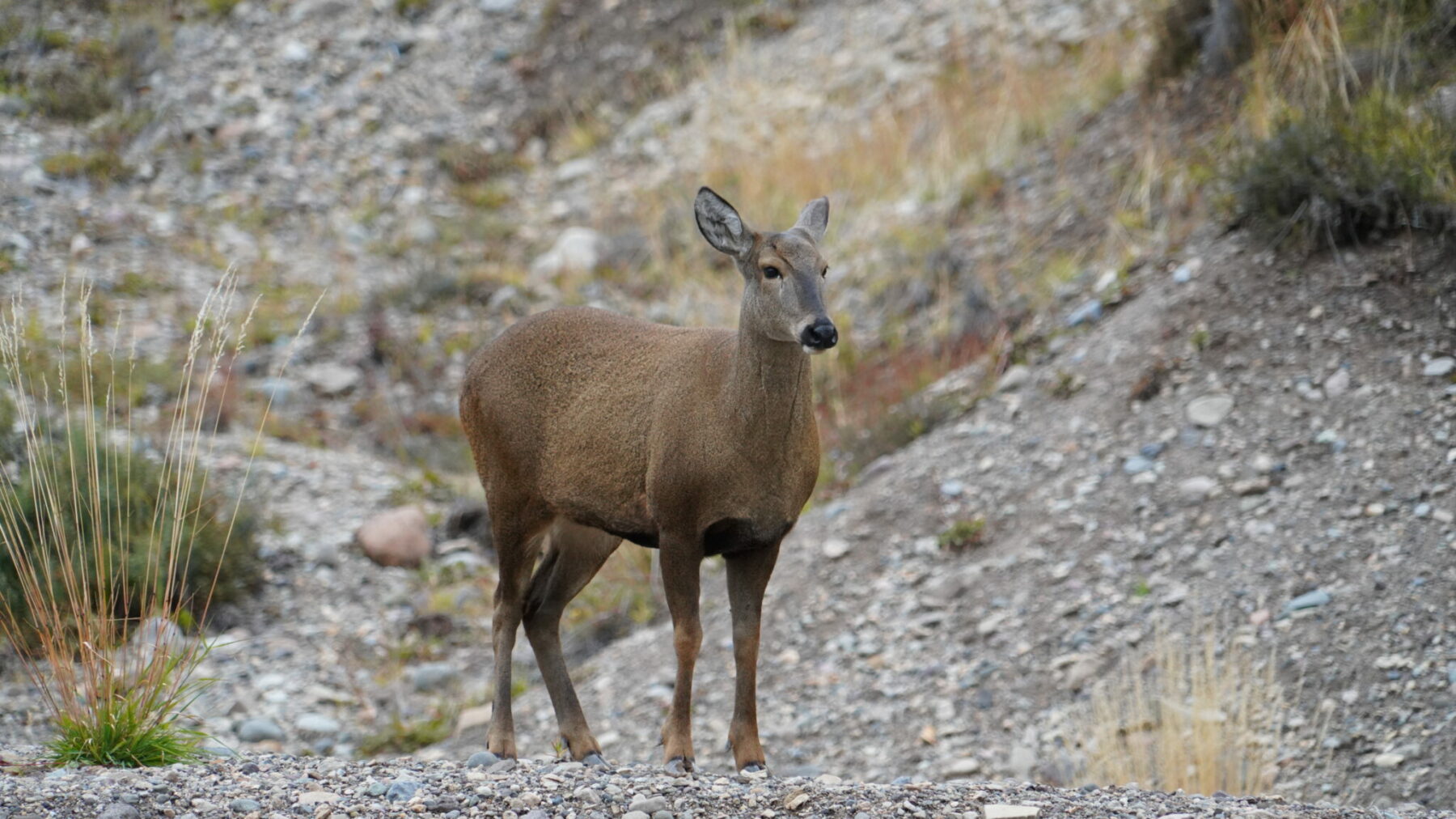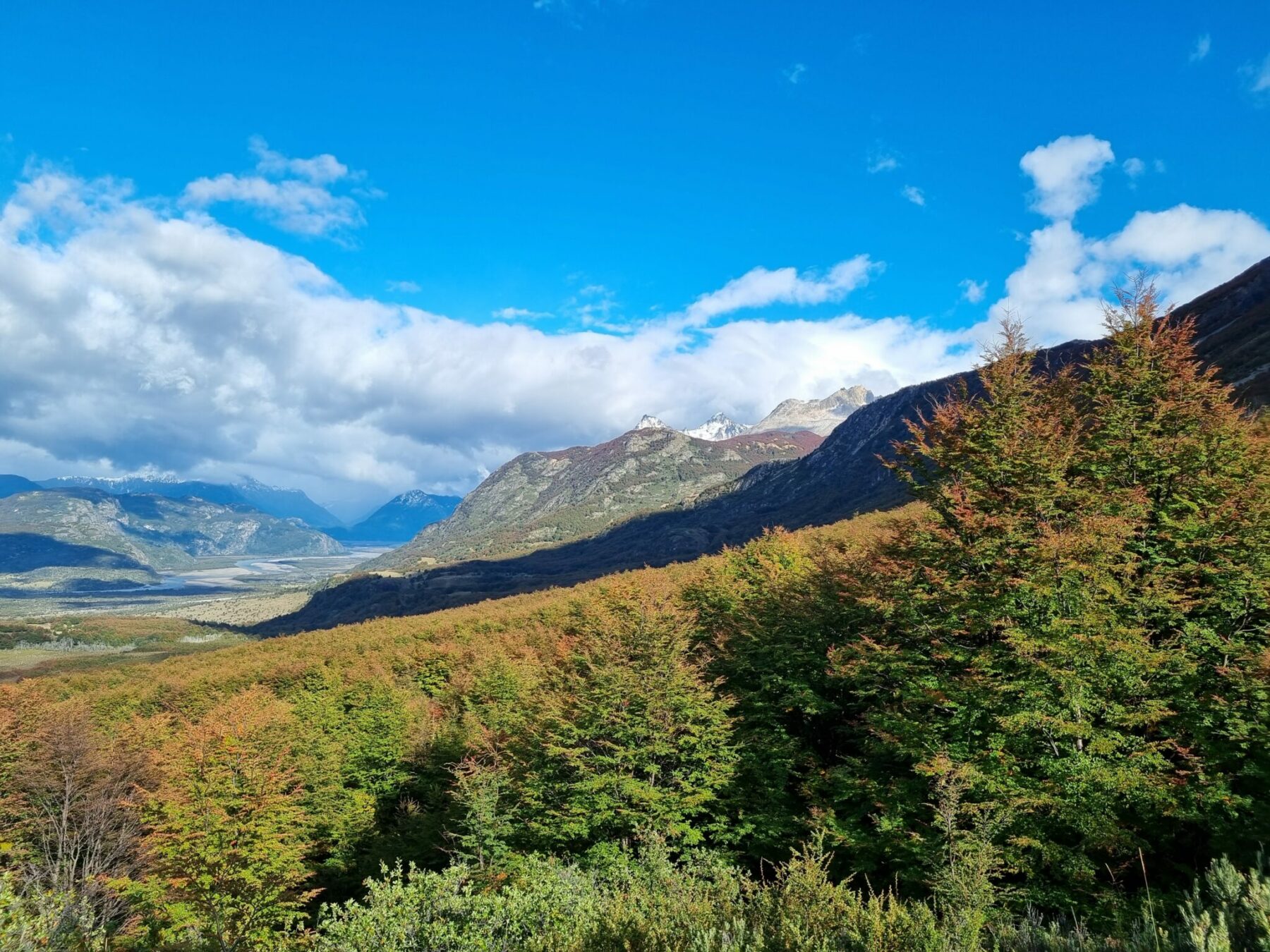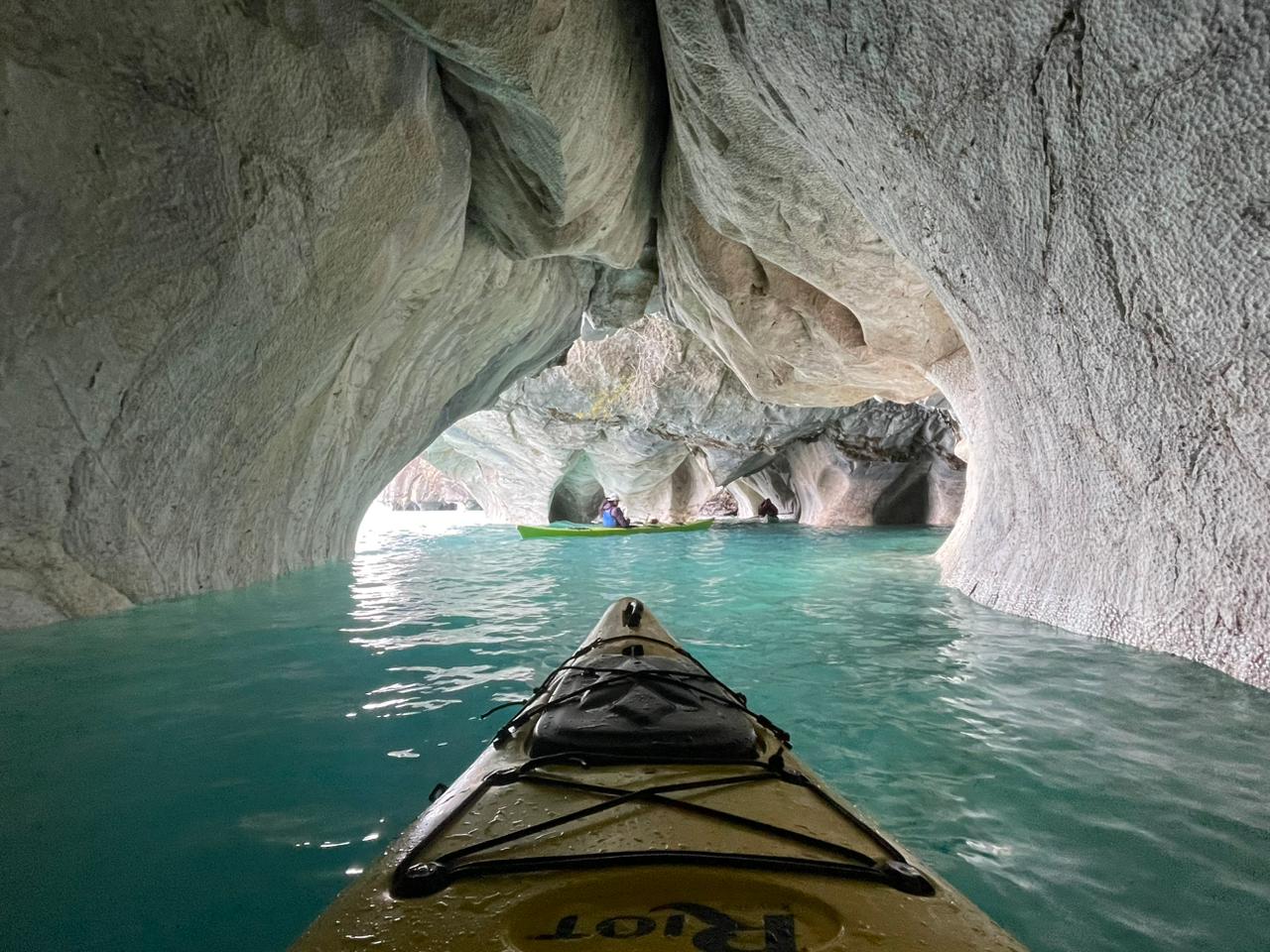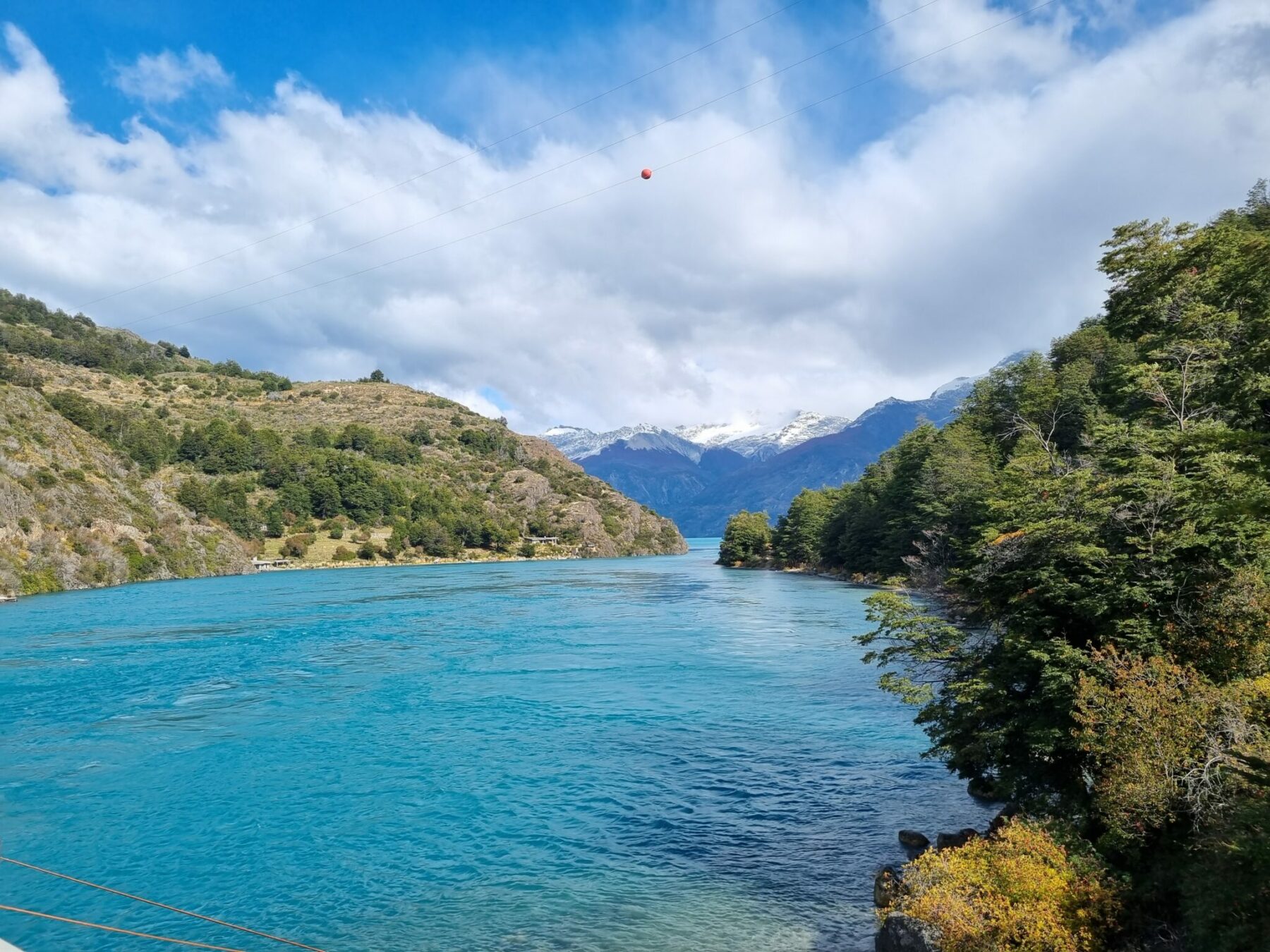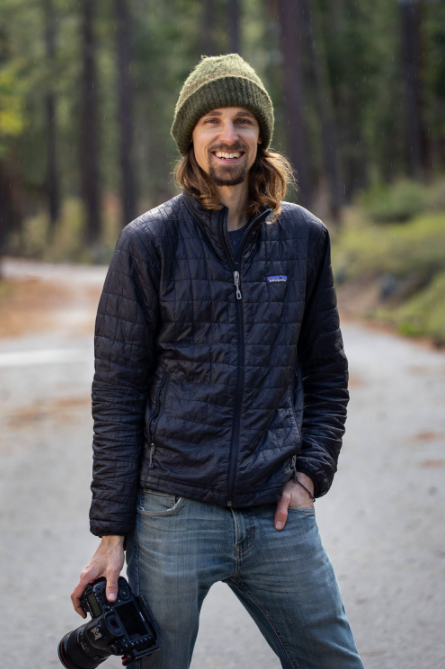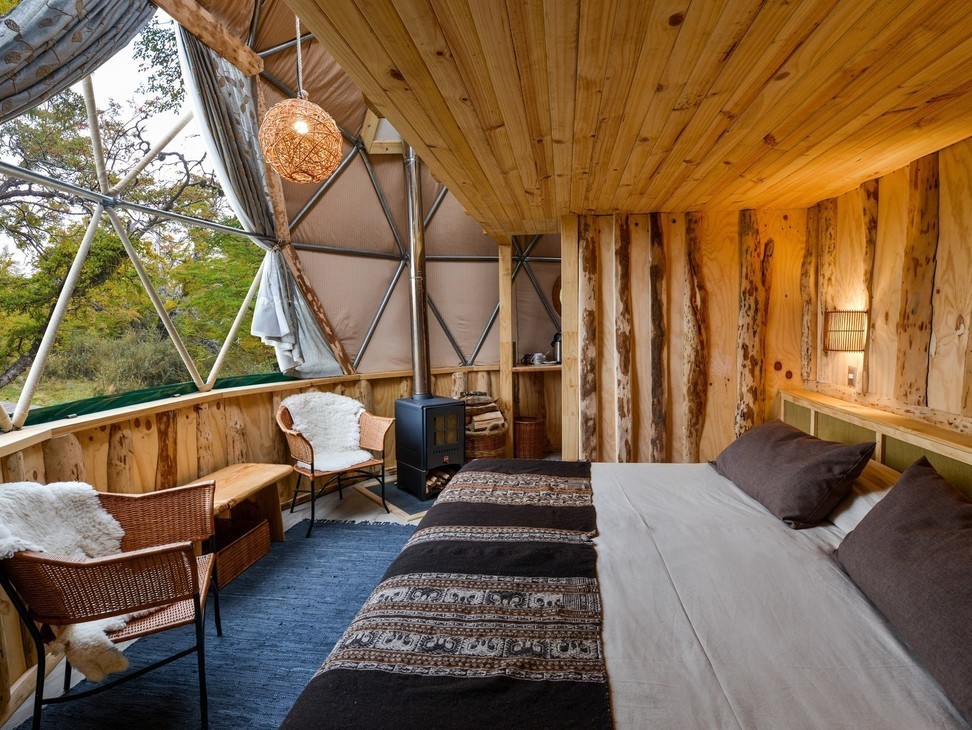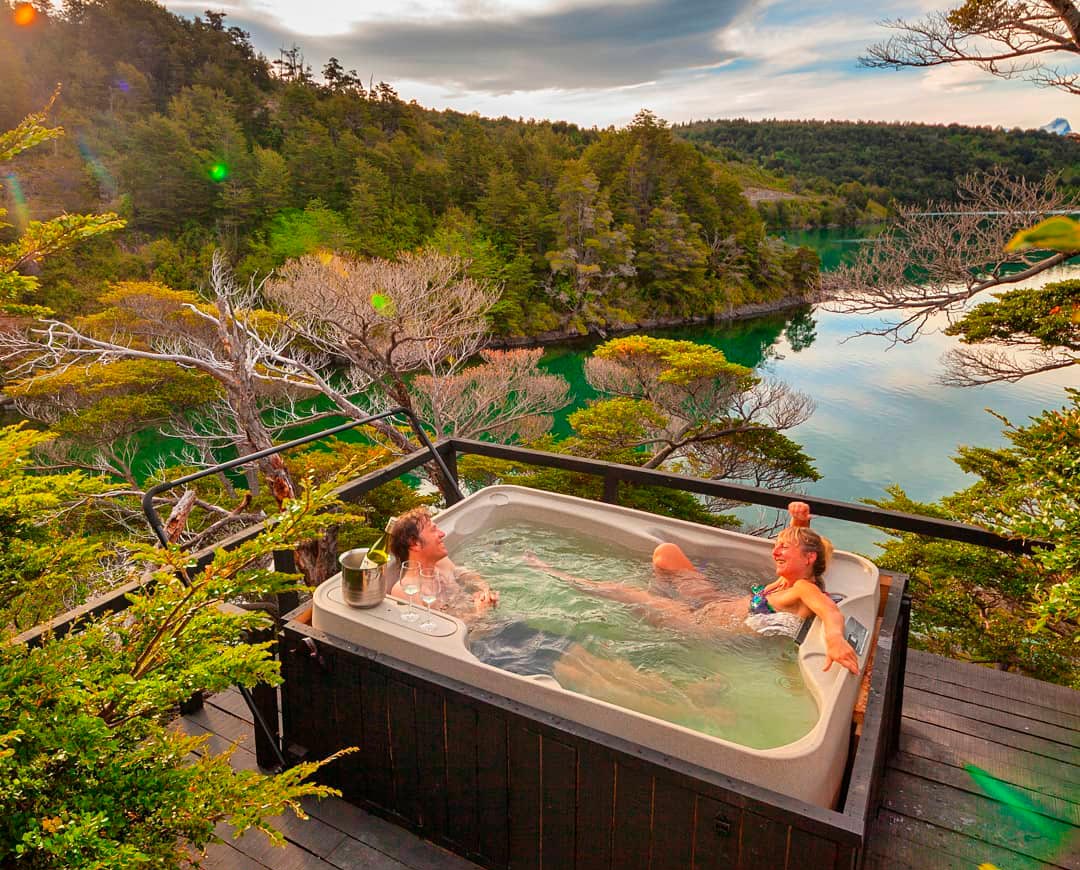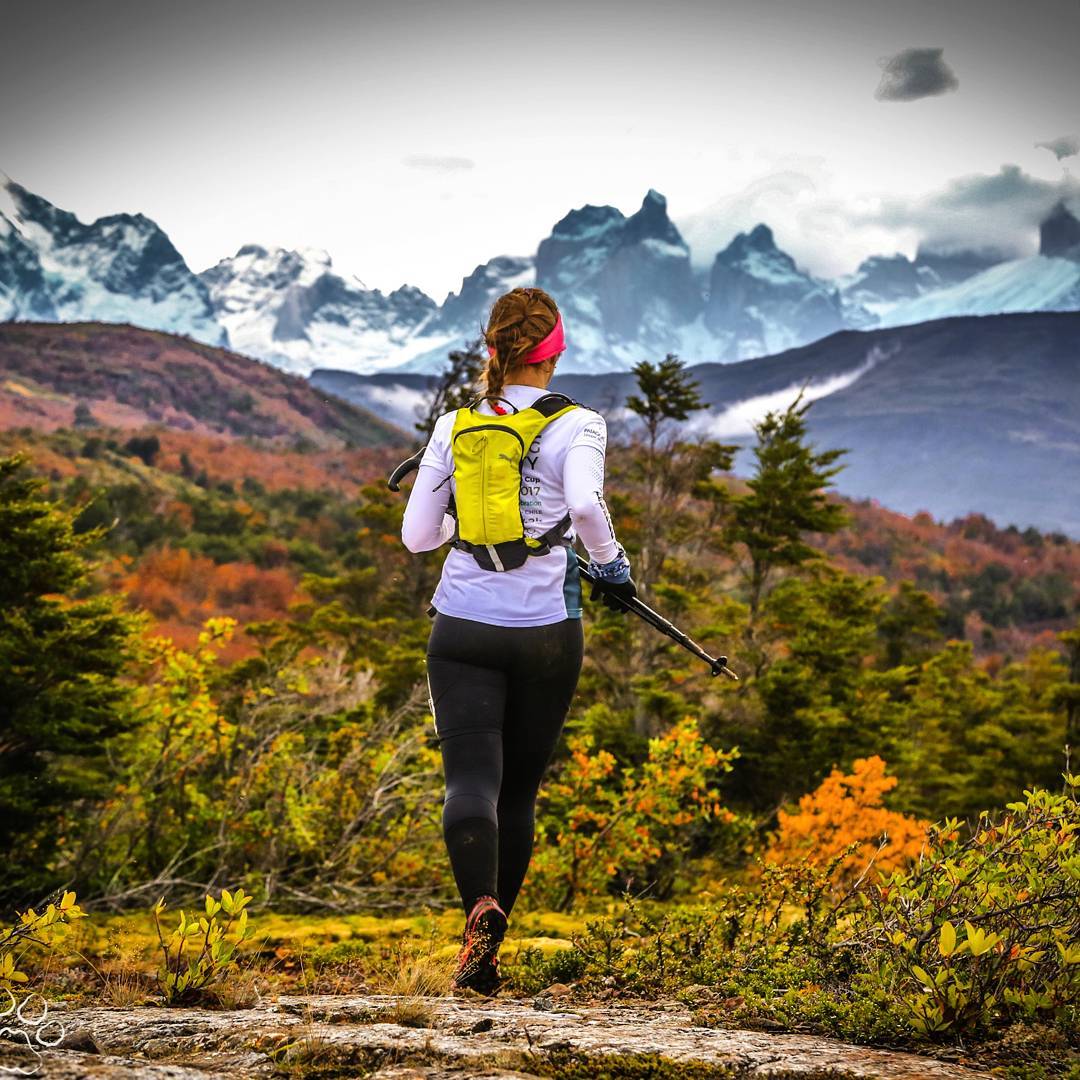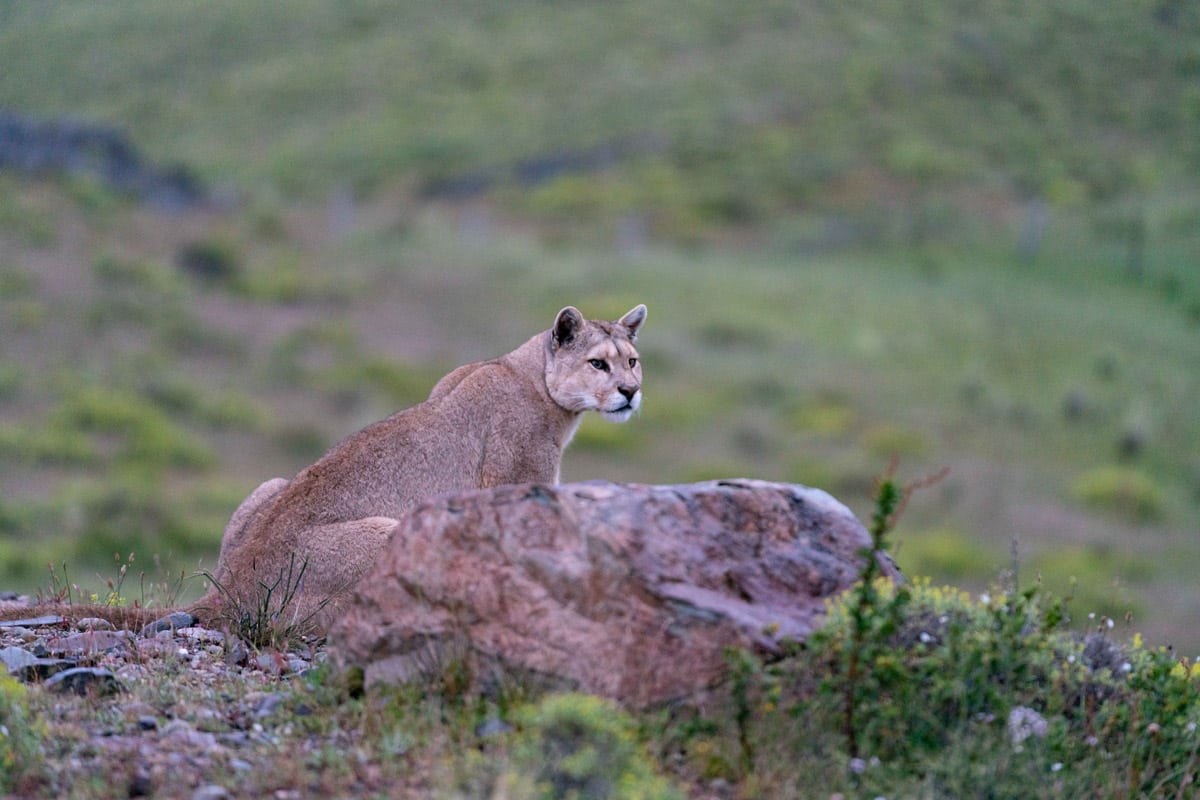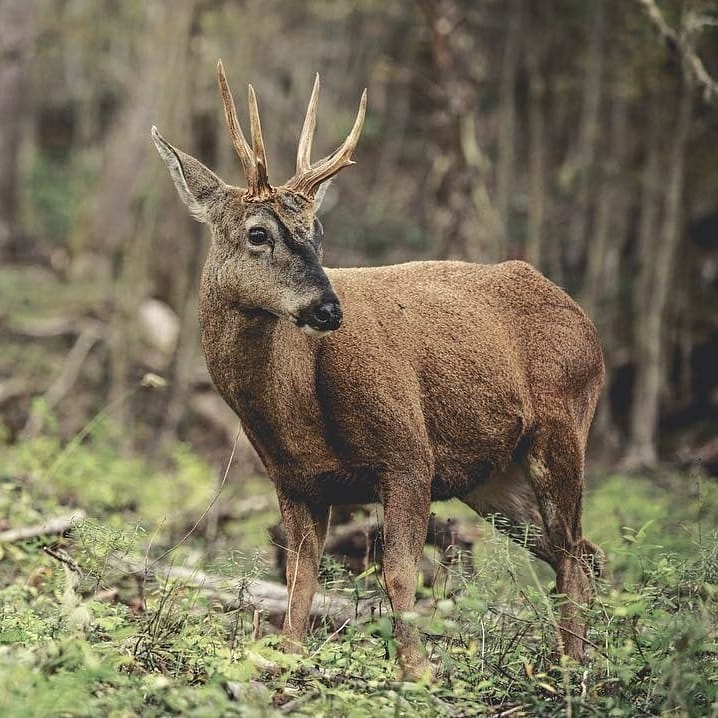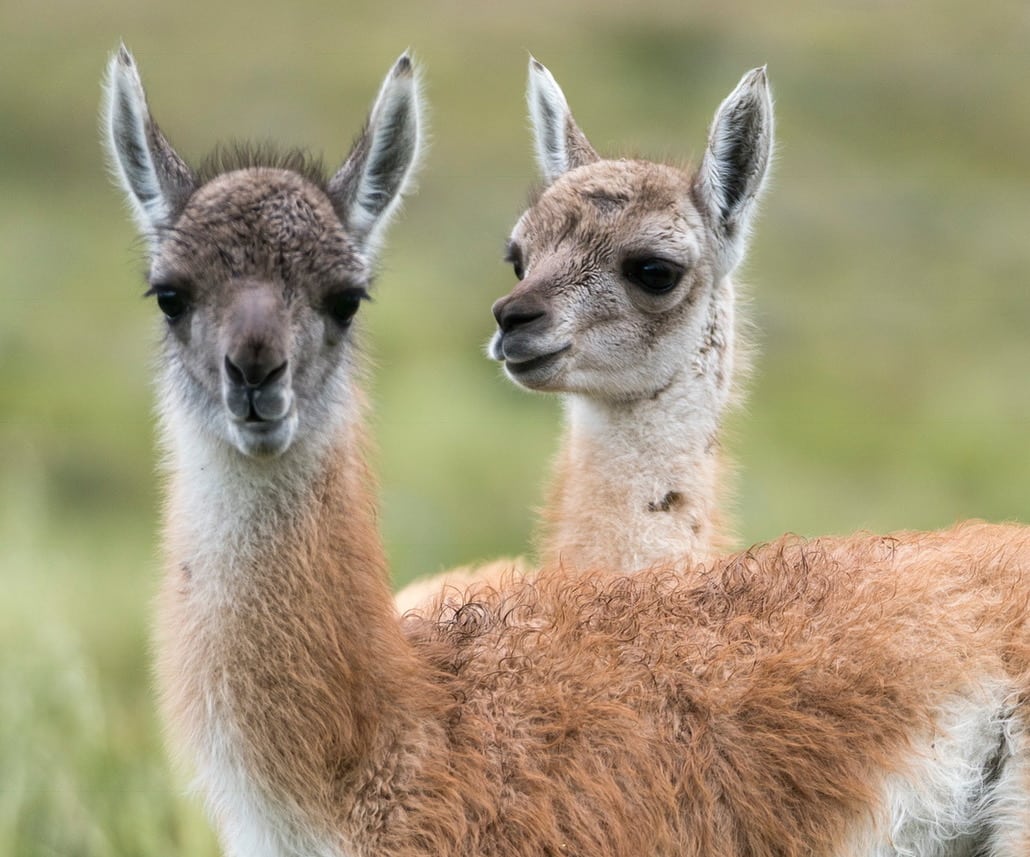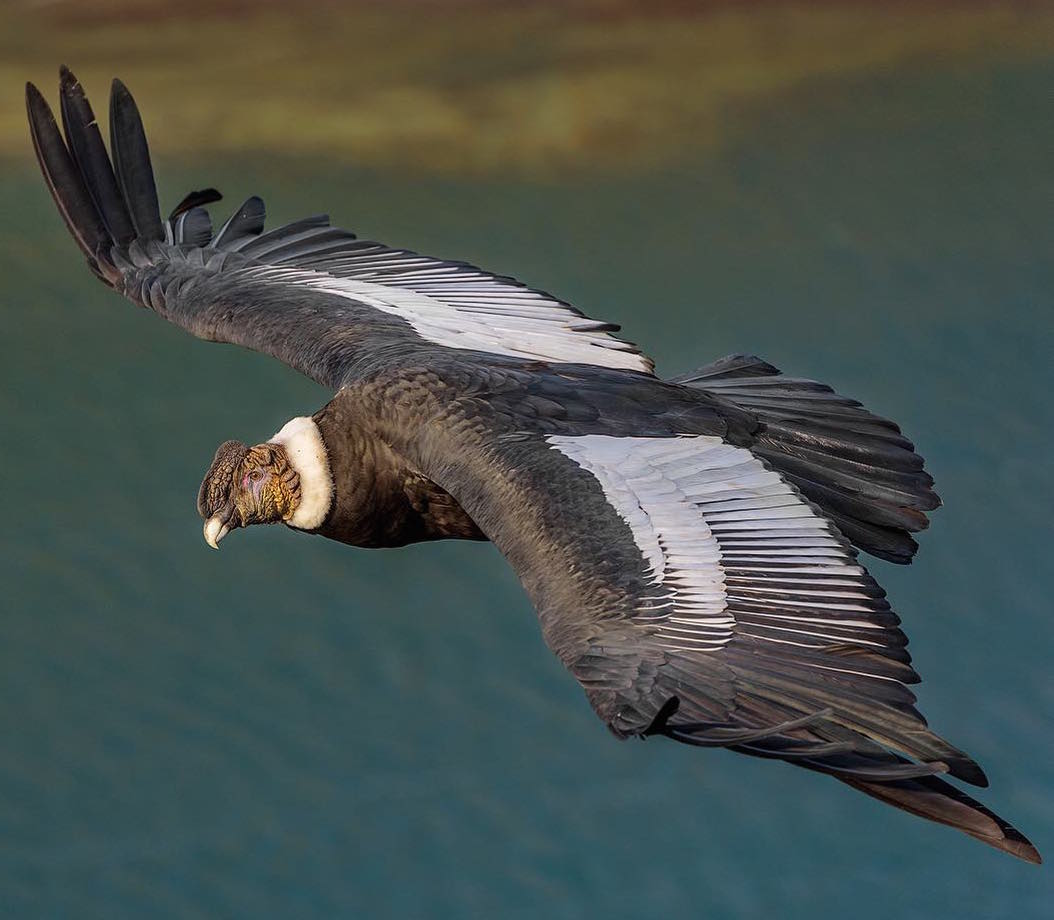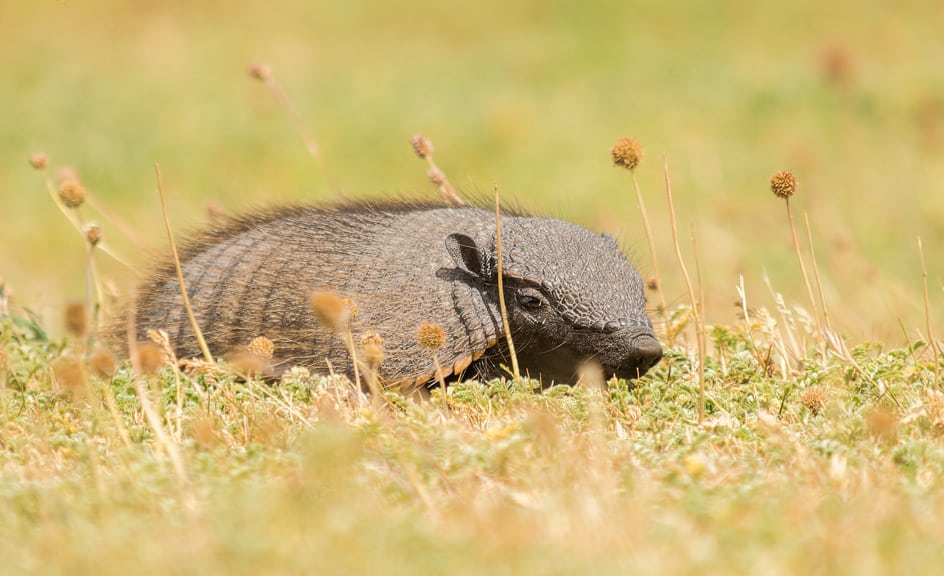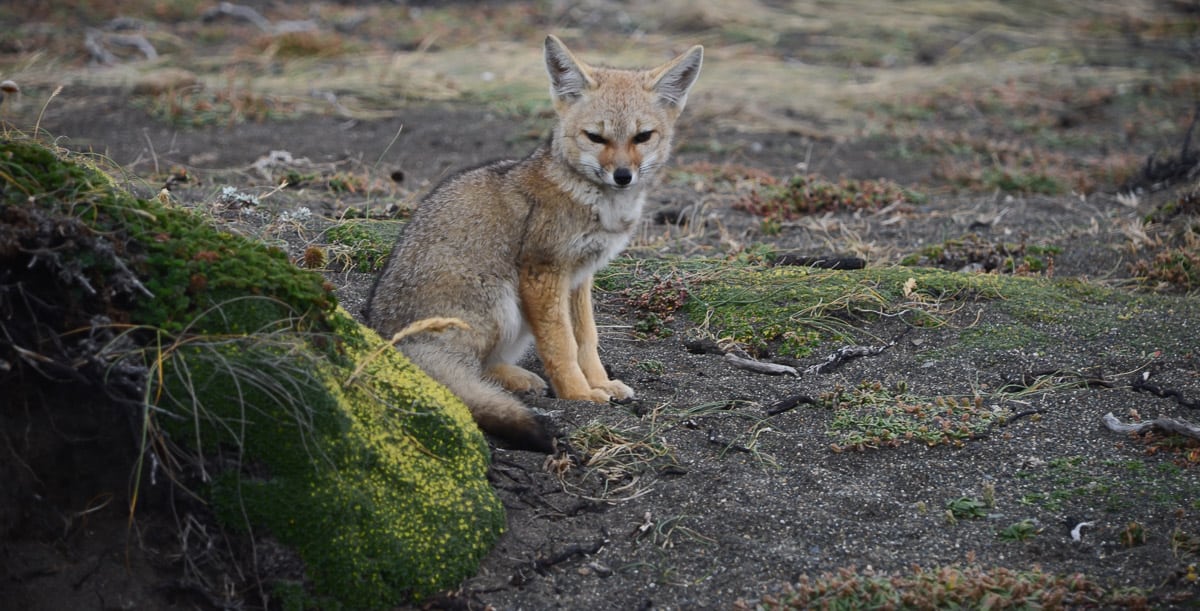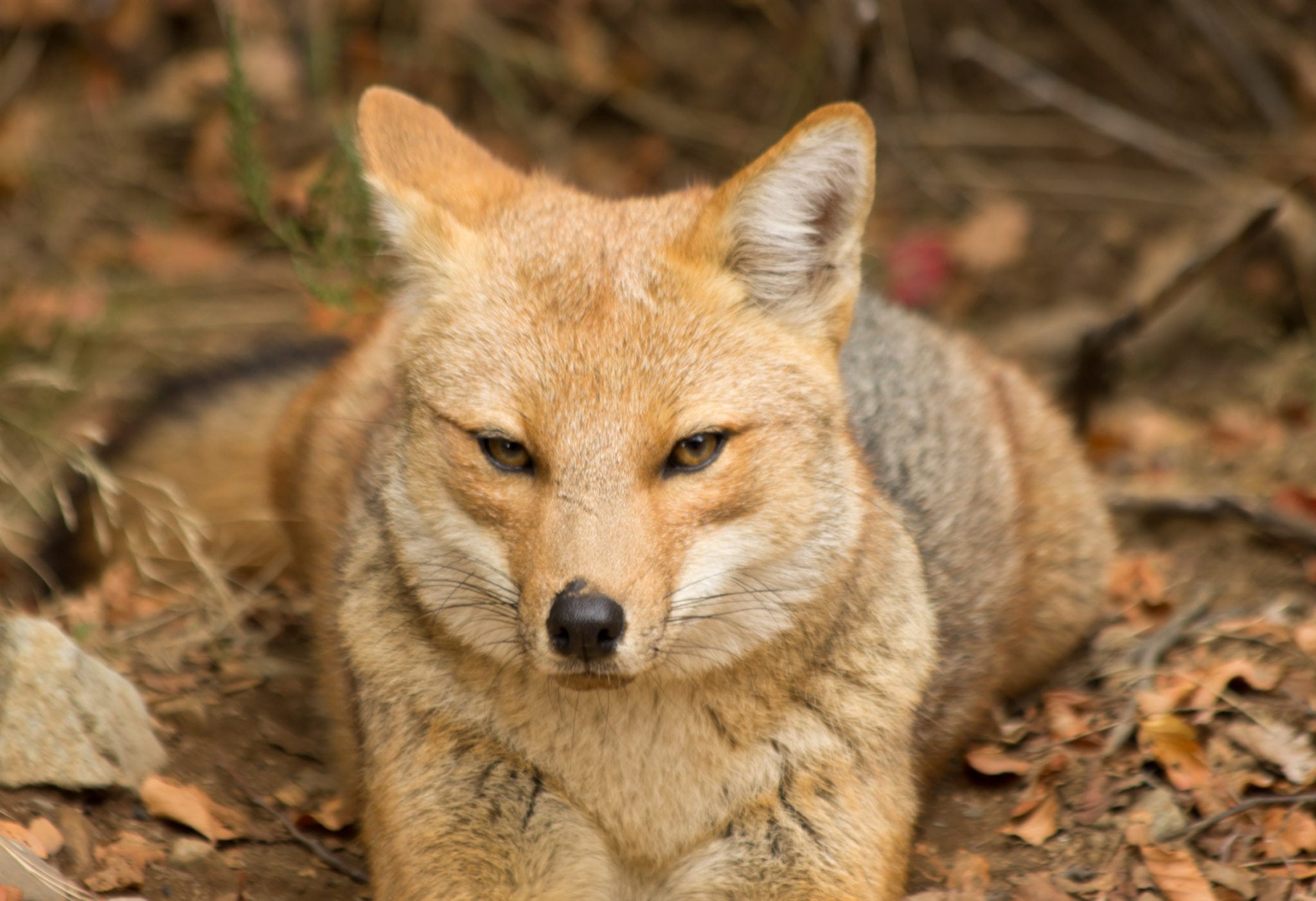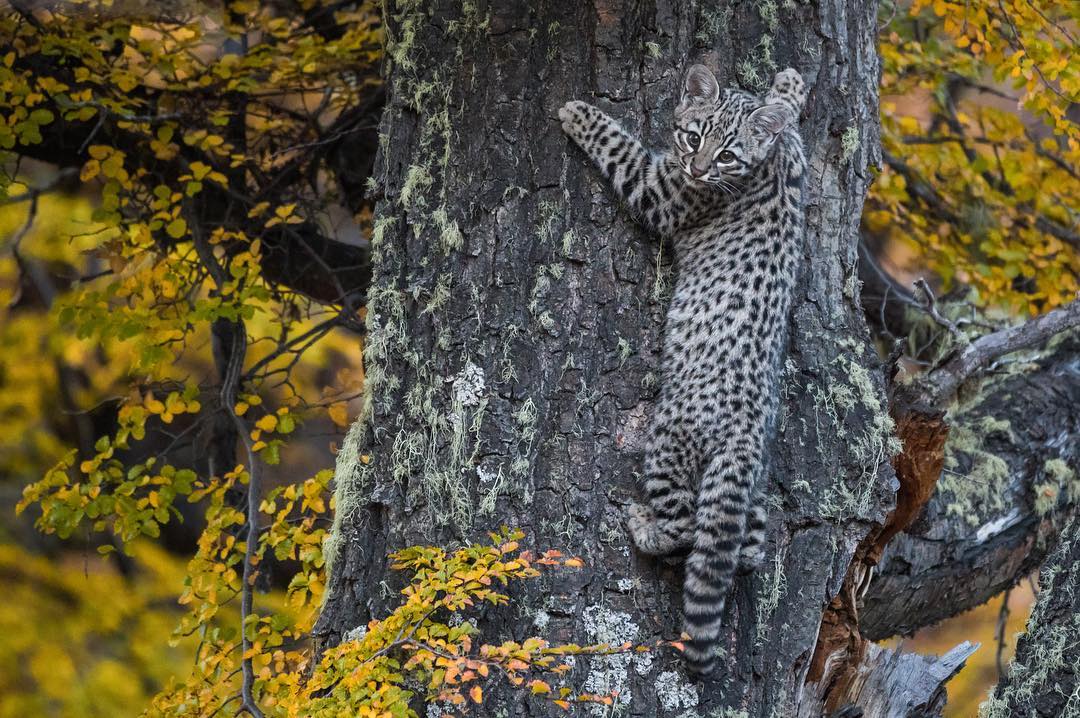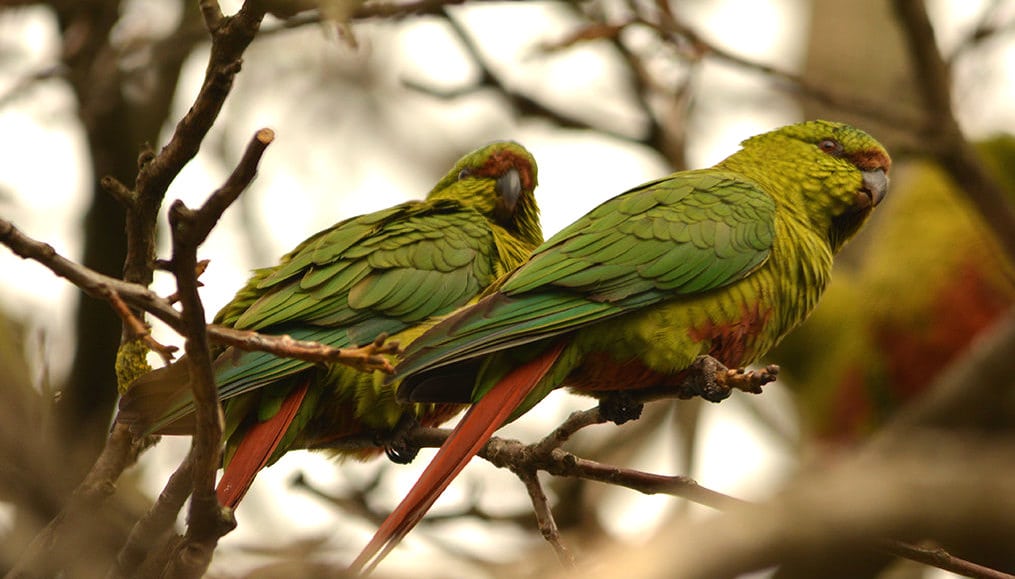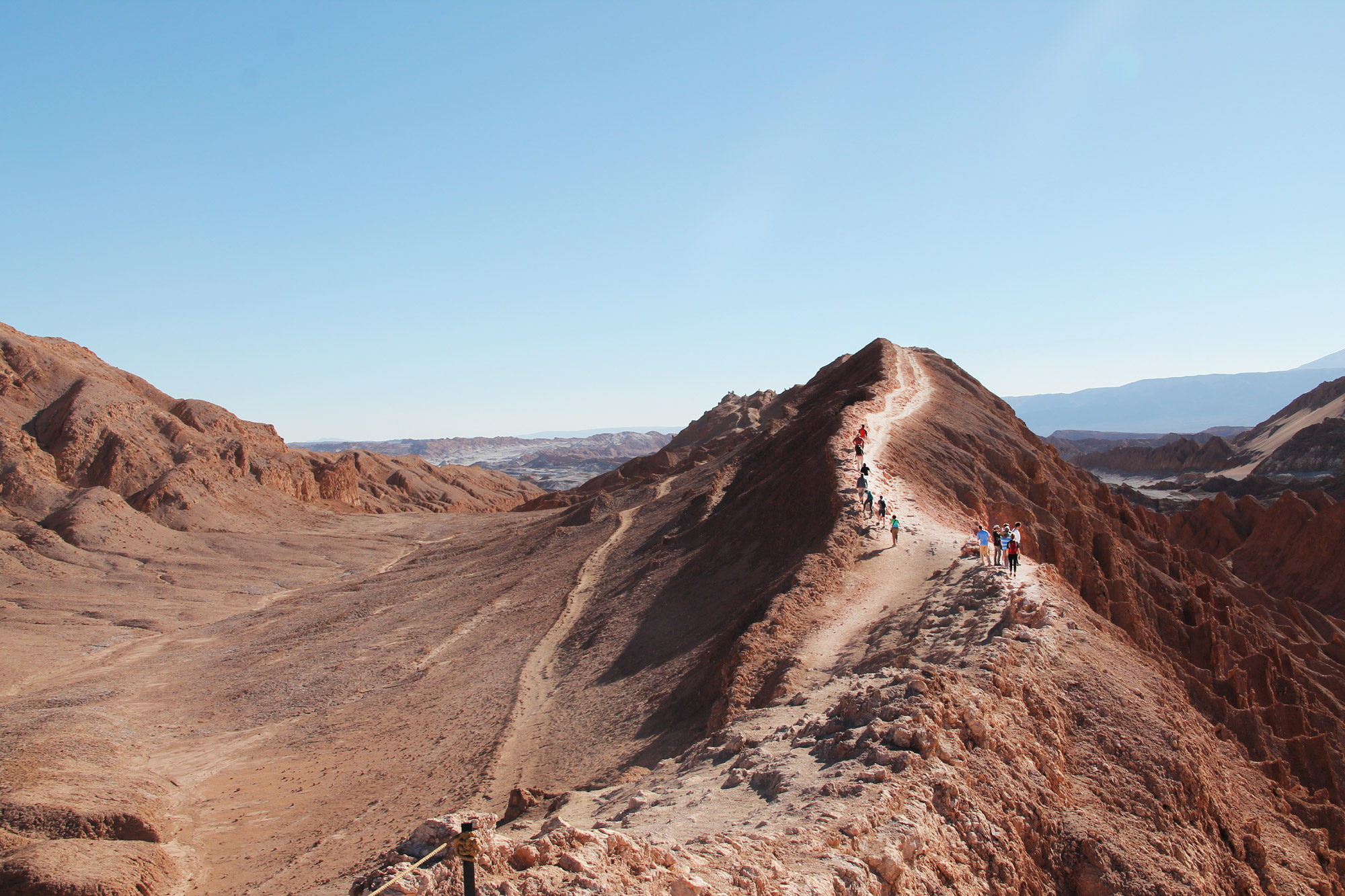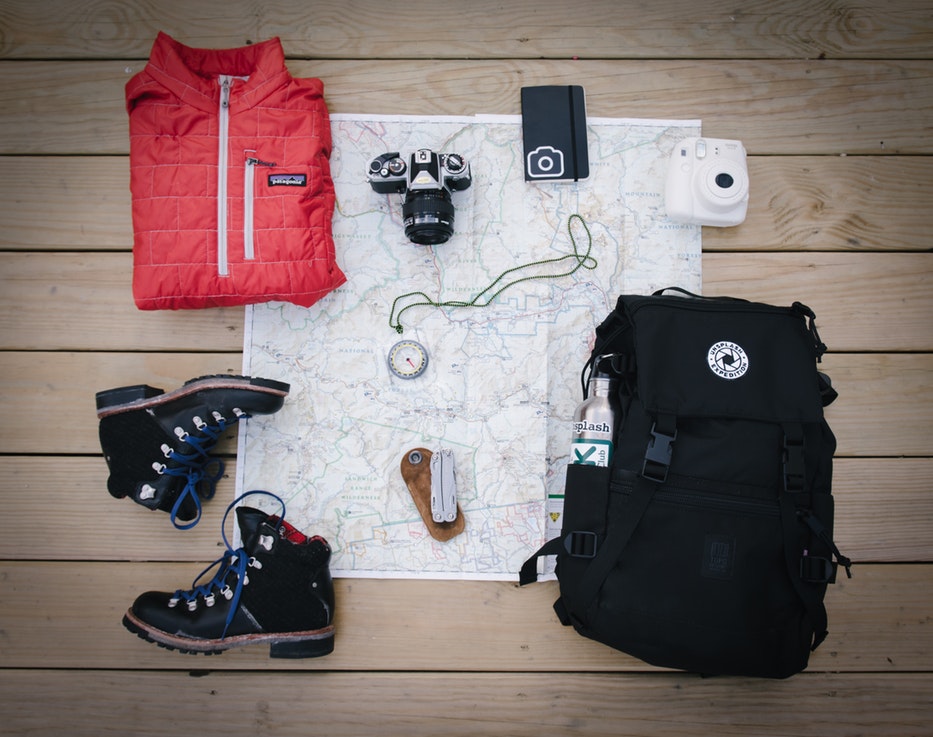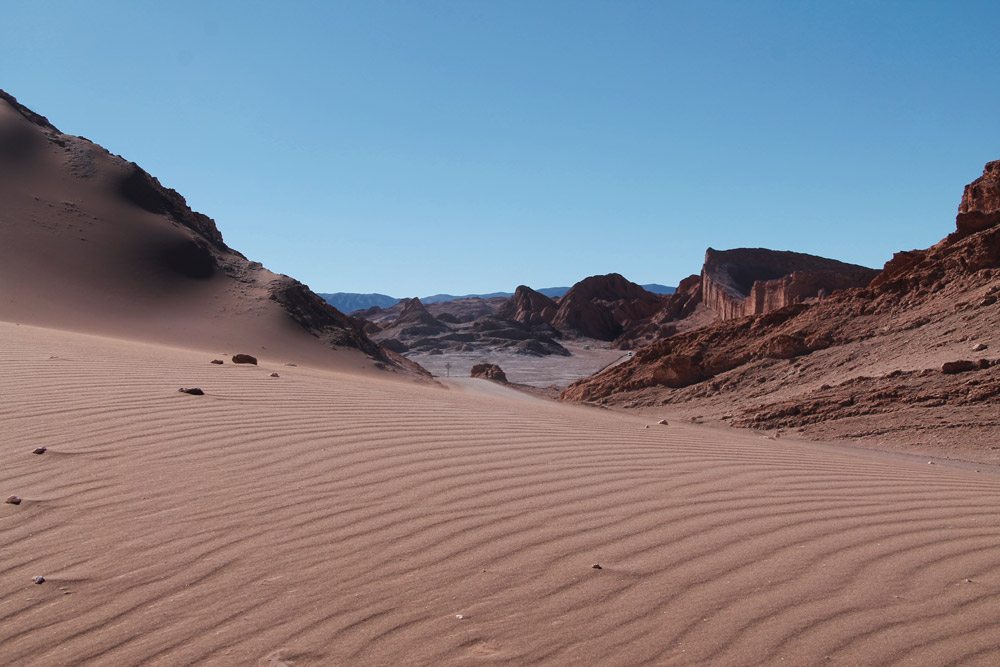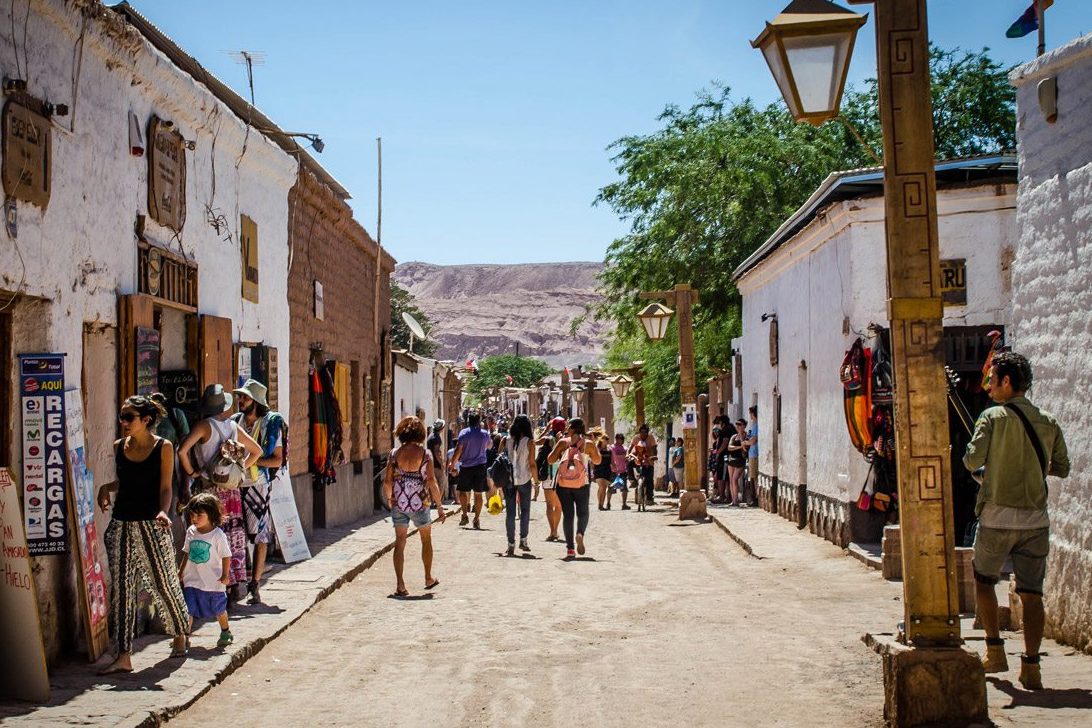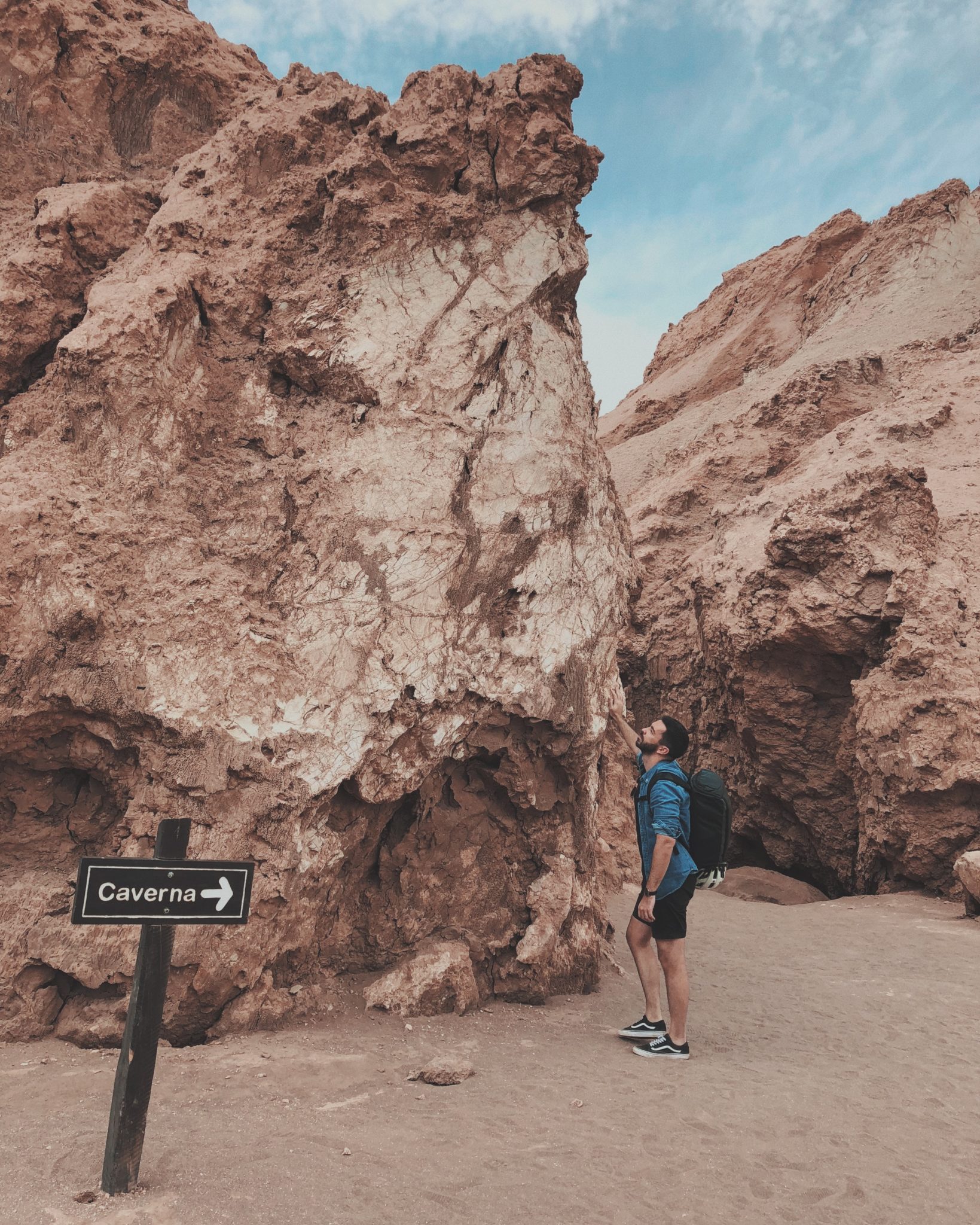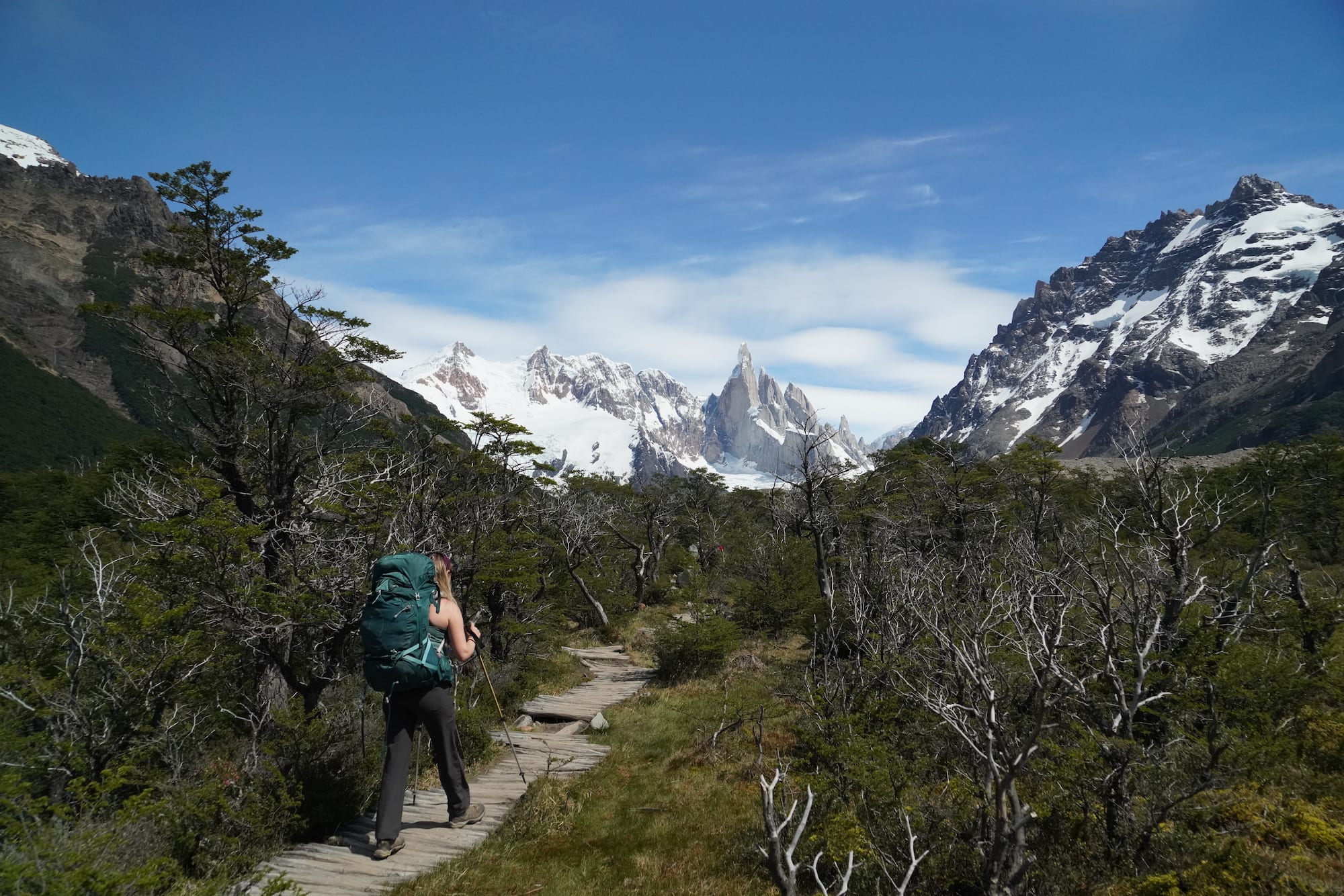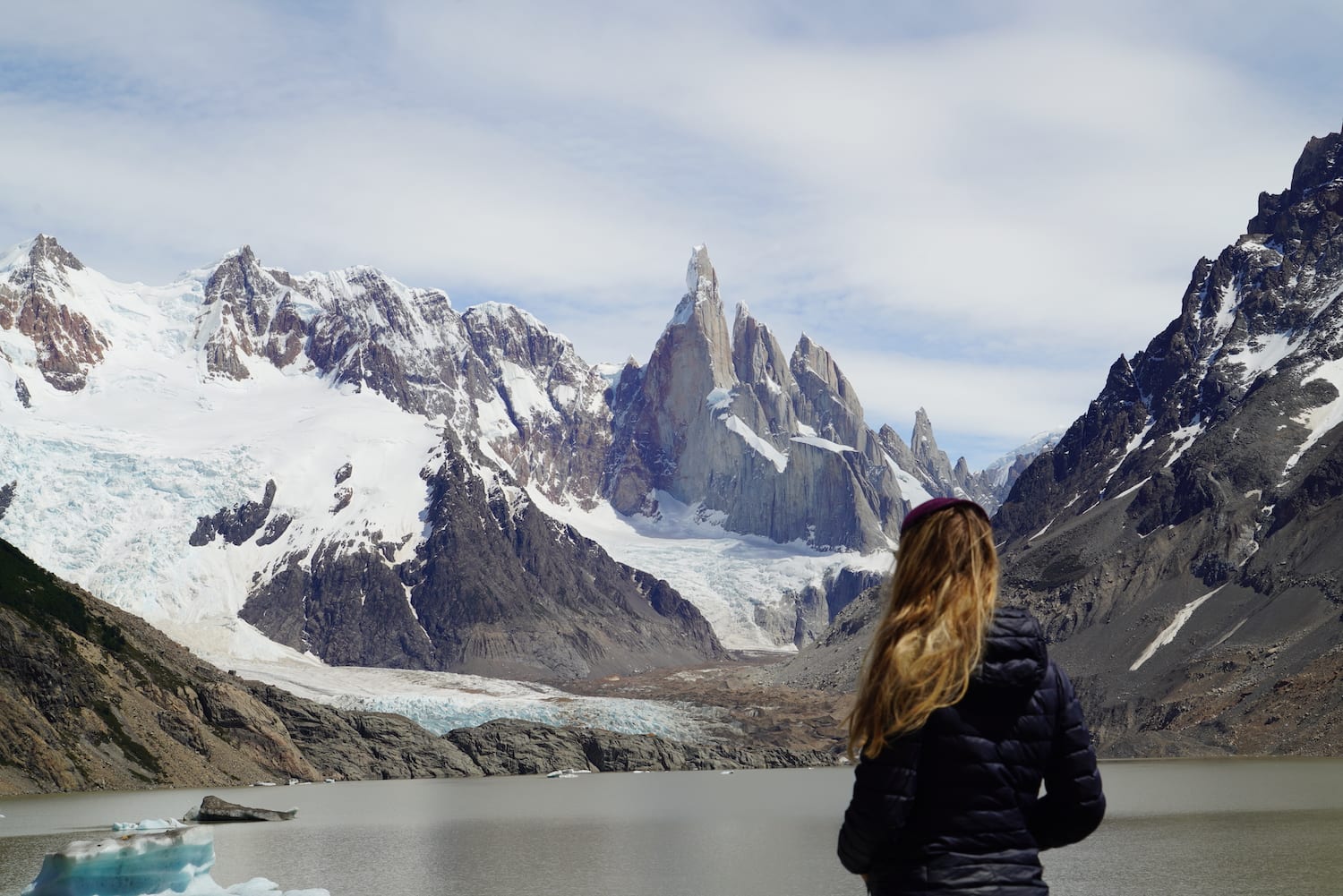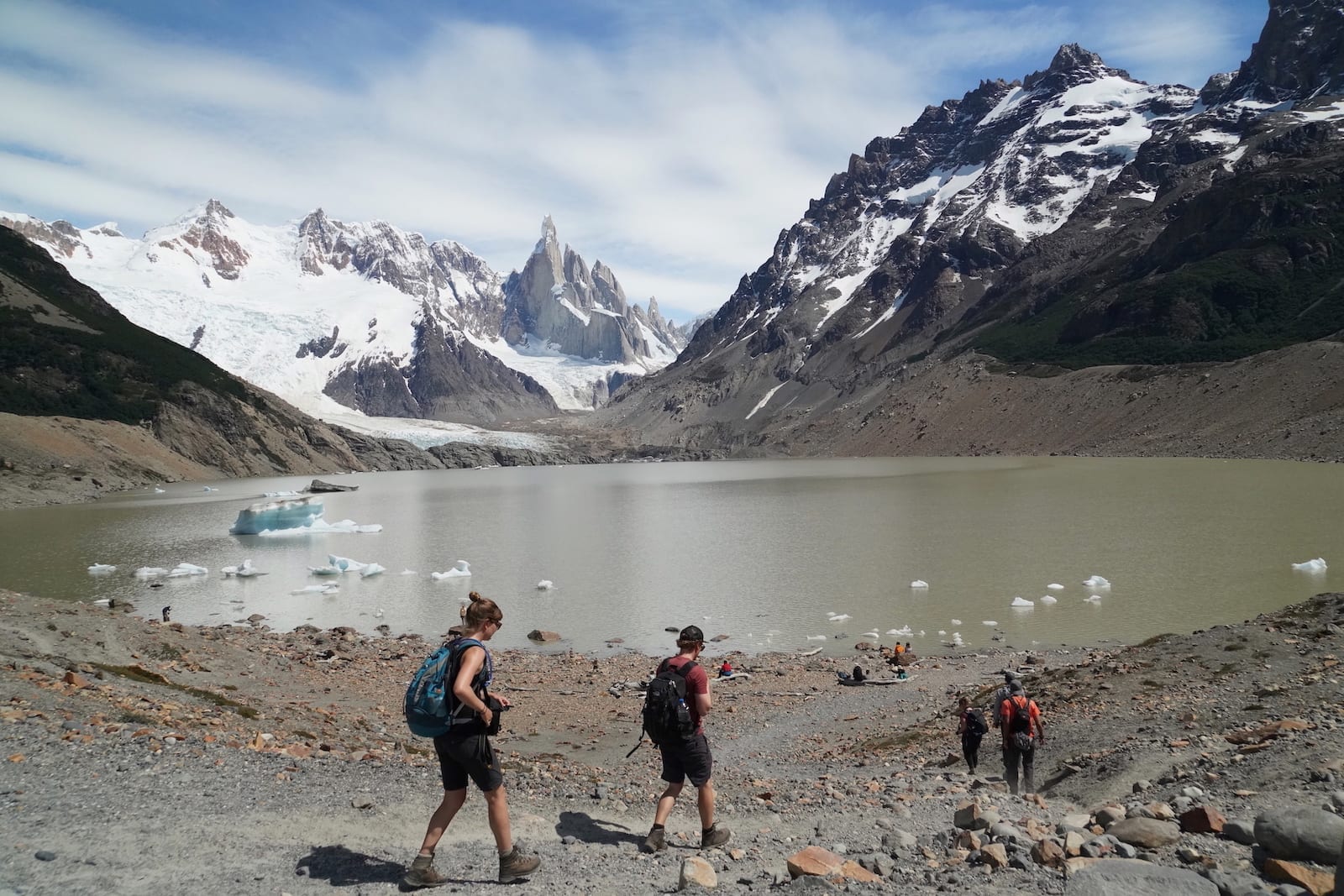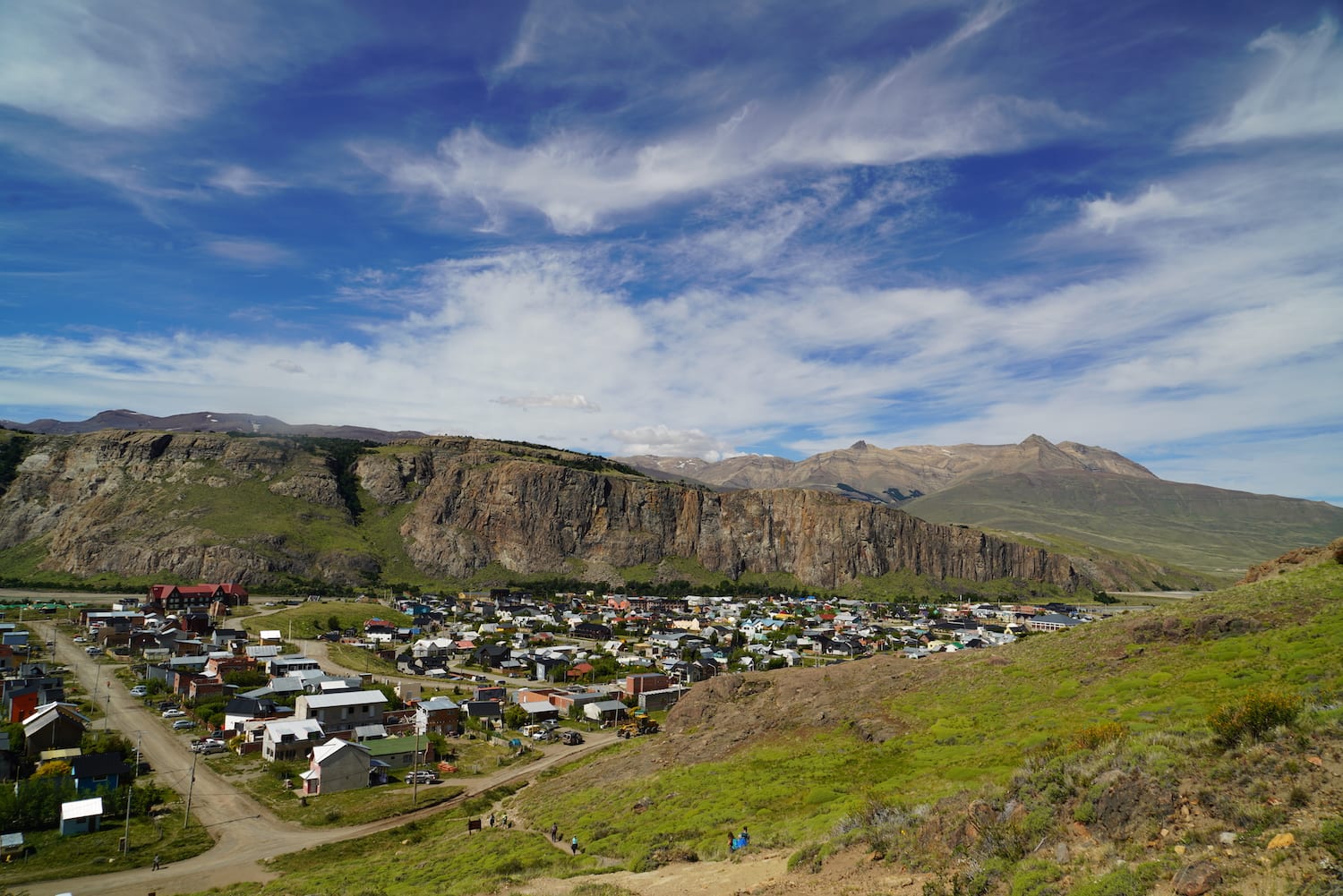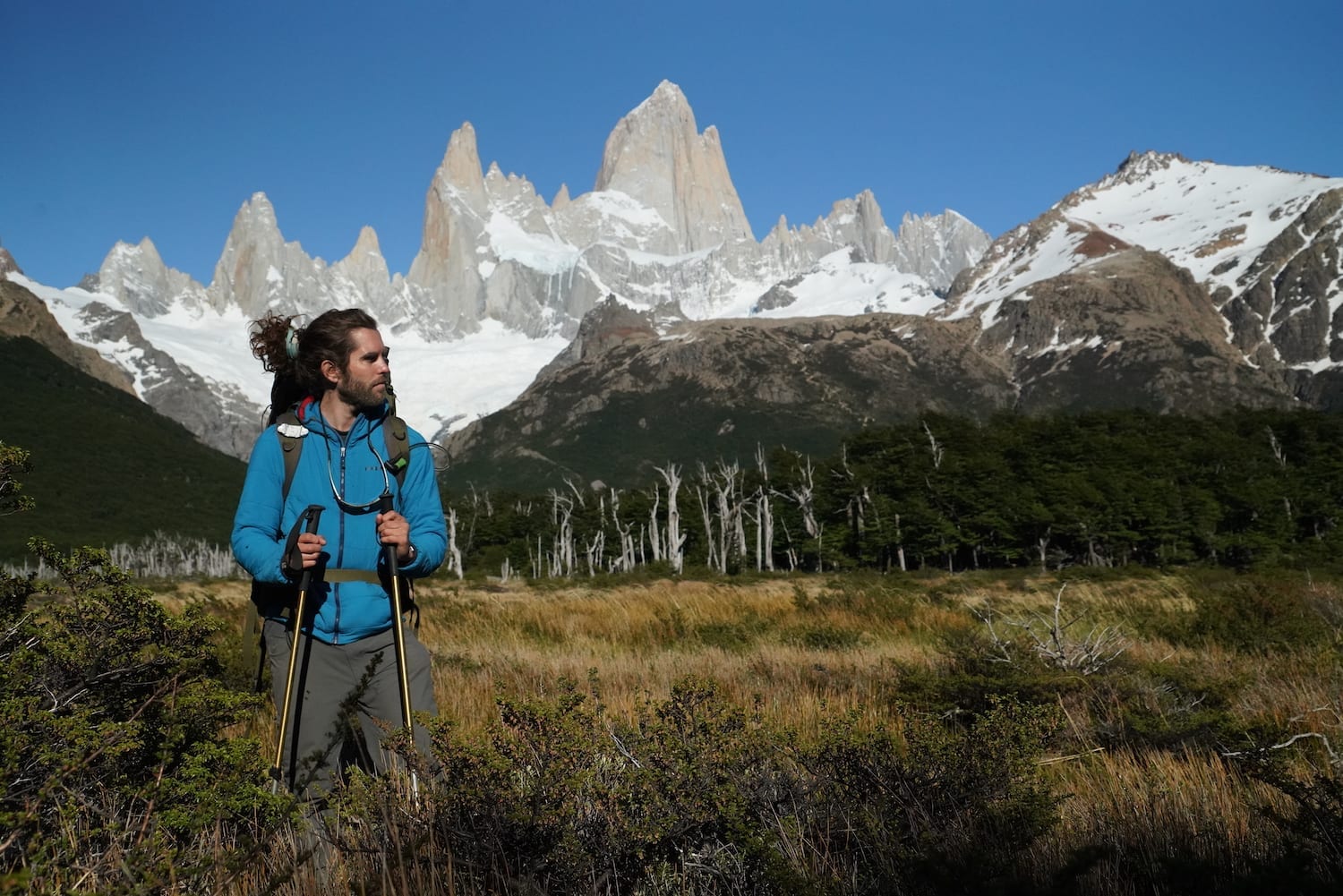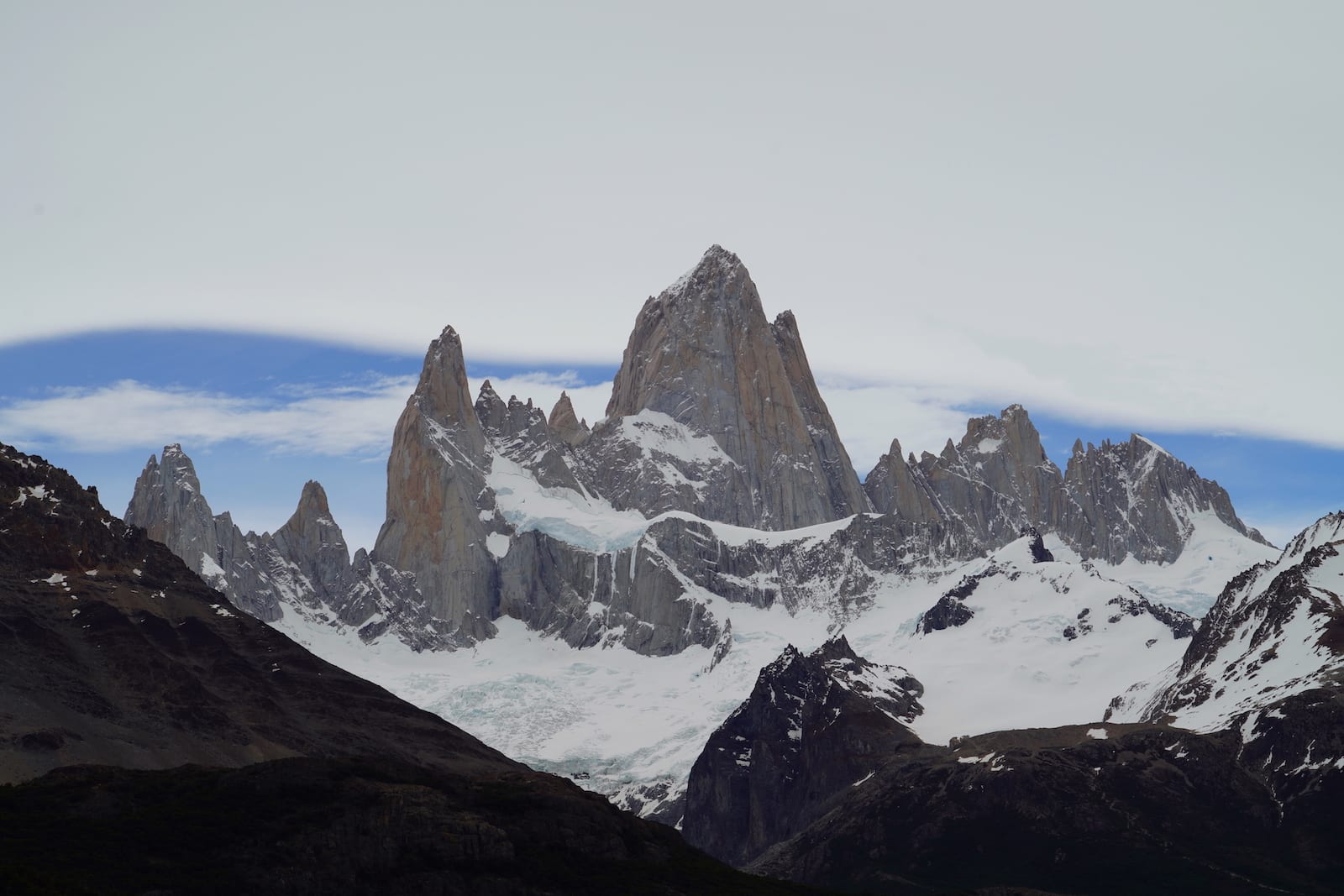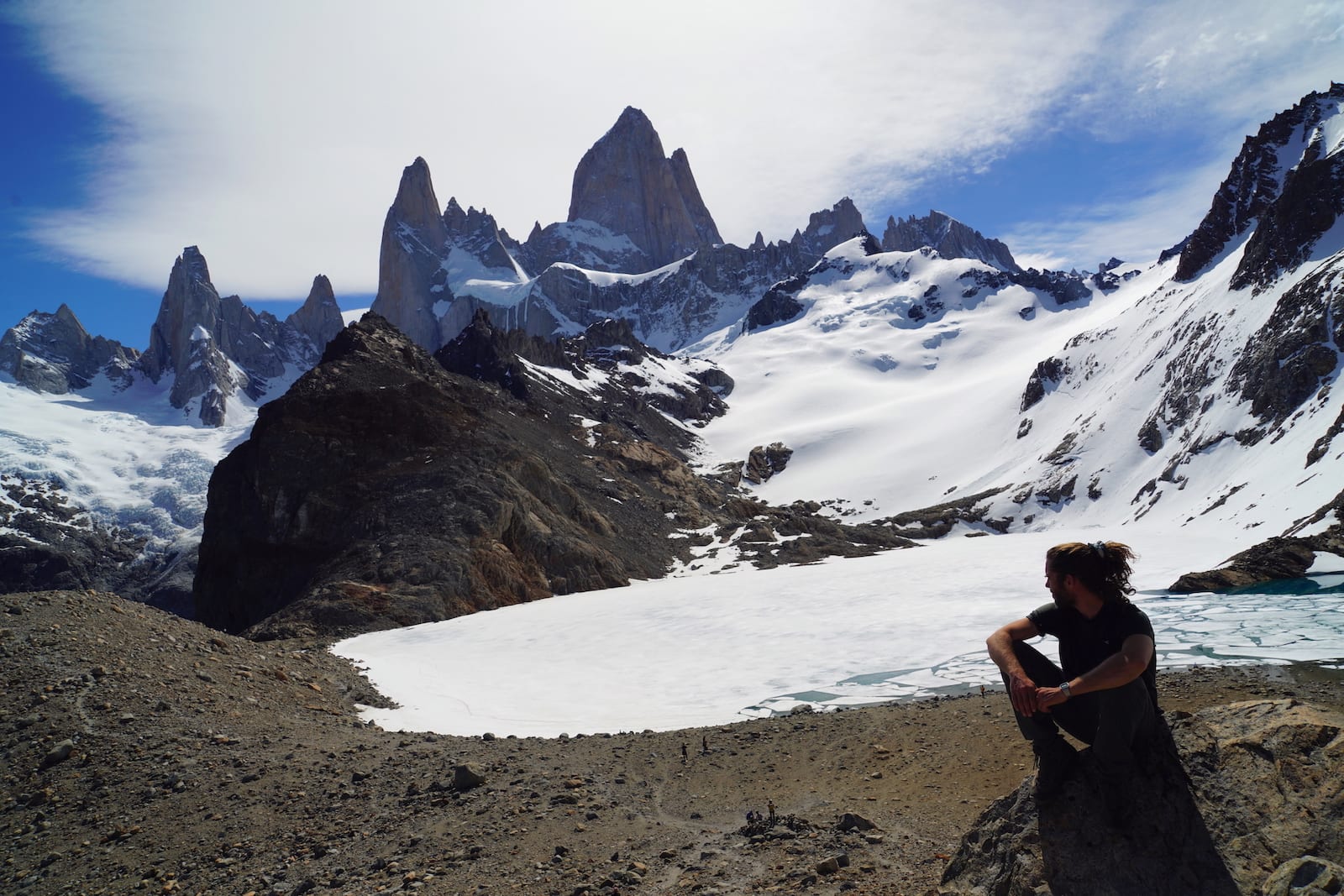When something happens – a natural disaster, political unrest, or disease outbreak – in a country you’re traveling to or in, it can be unnerving to say the least. It can leave you with a host of questions, like what will happen with your activities? Is it safe? Can you still travel?
In Chile, the Government has the right to enforce several ‘States of Exception’, or ‘Estados de Excepción Constitucional’. In the past, these have been put in place for widespread protests and natural disasters like major earthquakes and forest fires. The four kinds of state of exception in Chile are: State of Assembly, State of Site, State of Emergency, and State of Catastrophe. Each of these states correspond to different circumstances and levels of risk. The president of Chile may declare multiple states of exception if deemed necessary for the crisis at hand.
When you travel with Ecochile, we’ll be in contact to help you every step of the way to answer any questions or to modify your travel plans if necessary. But if you’re curious or looking for peace of mind, here we’ll explain what each one means and how it can affect visitors.
Estado de Emergencia – State of Emergency
The State of Emergency is probably the most common state of exception implemented in Chile. This can happen in cases of upheaval of public order or danger or threat to national security for internal or external origins. Only the President can declare a State of Emergency in a particular area, which has a maximum duration of 15 days. After those 15 days, it can be extended for the same period of time. Any further extensions require Congress approval. If the State of Emergency is implemented, it gives the government the right to restrict freedom of movement and assembly.
This means, for example, if there are protests in Santiago, a State of Emergency may be declared there for a couple of weeks. However, you would still be free and able to enjoy your spectacular hikes in Torres del Paine.
Nonetheless, if you do find yourself in a place where a curfew is put in place, this should be strictly adhered to. If you have a reason to go outside during this time, you should have a legitimate reason, like seeking urgent medical care. You would also be allowed to travel to the airport for a flight provided you can show the relevant documentation, like boarding passes and passports.
Estado de Catastrofe – State of Catastrophe
The State of Catastrophe sounds more dramatic than its reality, although this state of exception gives the government the most power outside of a state of war. Nonetheless, the measures are implemented with caution and great consideration. The President can enforce a State of Catastrophe, indicating the affected area, and indicating to Congress the adopted measures. Congress has the power to end the State of Catastrophe if it considers the risk to have diminished.
A State of Catastrophe enforced only in extreme circumstances. For example, it was enforced in Chile during the Covid-19 pandemic for example, enabling the government to enforce a lockdown, enforce school closures, and close national borders amongst other preventative measures. It was also implemented more recently during the forest fires that affected the region of Valparaíso in February 2024, in order to enable adequate access for emergency services.
The following two states of exception are far less common.
Estado de Asamblea – State of Assembly
The State of Assembly could be declared in the case of war outside of Chile. It would be announced by the President with agreement by the National Congress and will last as long as the war. The state could be implemented across the whole of Chile or only in certain areas.
If the State of Assembly is brought into force, it gives the Chilean Government the right to restrict personal freedom, the freedom to meet and the freedom to work. The government may also intercept, open or register any correspondence and infringe on a person’s right to property.
Estado de Sitio – State of Site
State of Site could be implemented in the case of an internal war or serious domestic unrest. Again, it would be declared by the President with agreement by the National Congress and could be implemented across the whole of Chile or only in certain areas. In comparison to the State of Assembly, the State of State can only be declared for 15 days at a time and the President can extend the State.
This state grants the government the right to restrict freedom of movement and the freedom to meet, as well as the right to arrest people in their home or place of residence.
But don’t let that put you off!
The above can be concerning, but it is certainly not intended to put you off! Latin America as a whole is a region of extremes, both in terms of its nature and politics. However, these are flashpoints and are far from the norm. Chile, as its neighbors, is a beautiful country with extremely friendly people that will give you an adventure of a lifetime. If you find yourself in any of these situations or you have particular worries, don’t hesitate to contact your Ecochile representative for clarification on how it will affect your journey.
